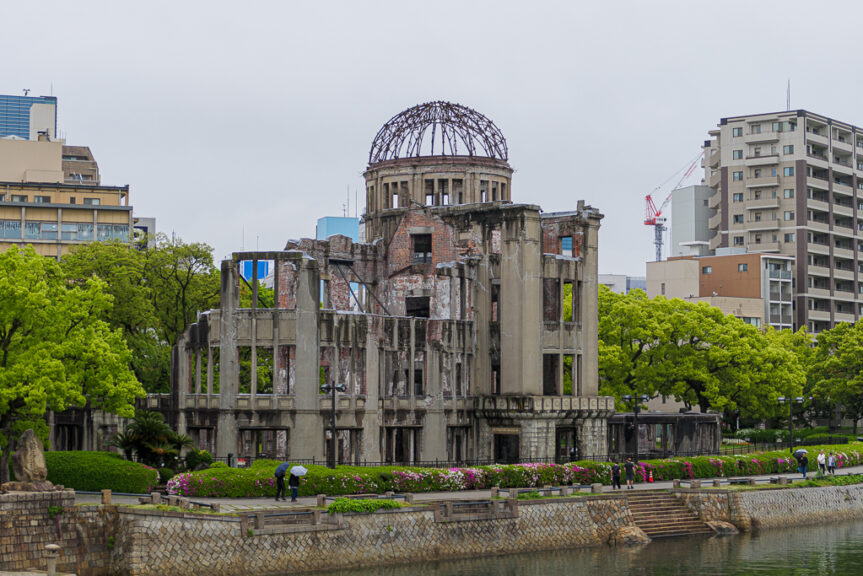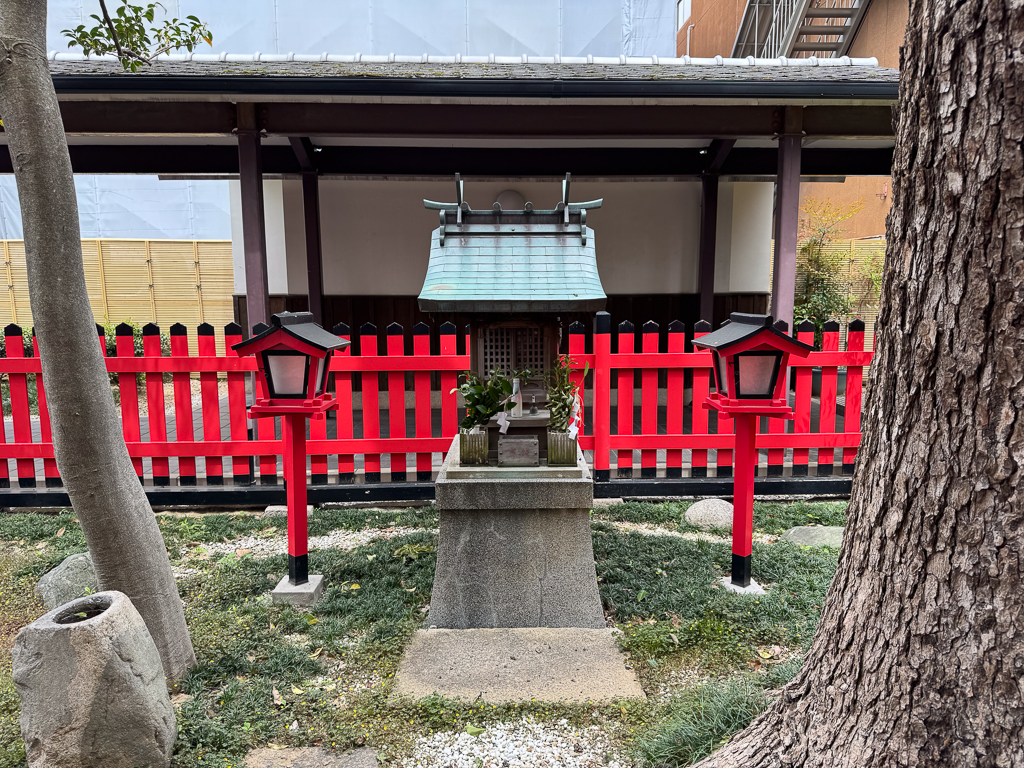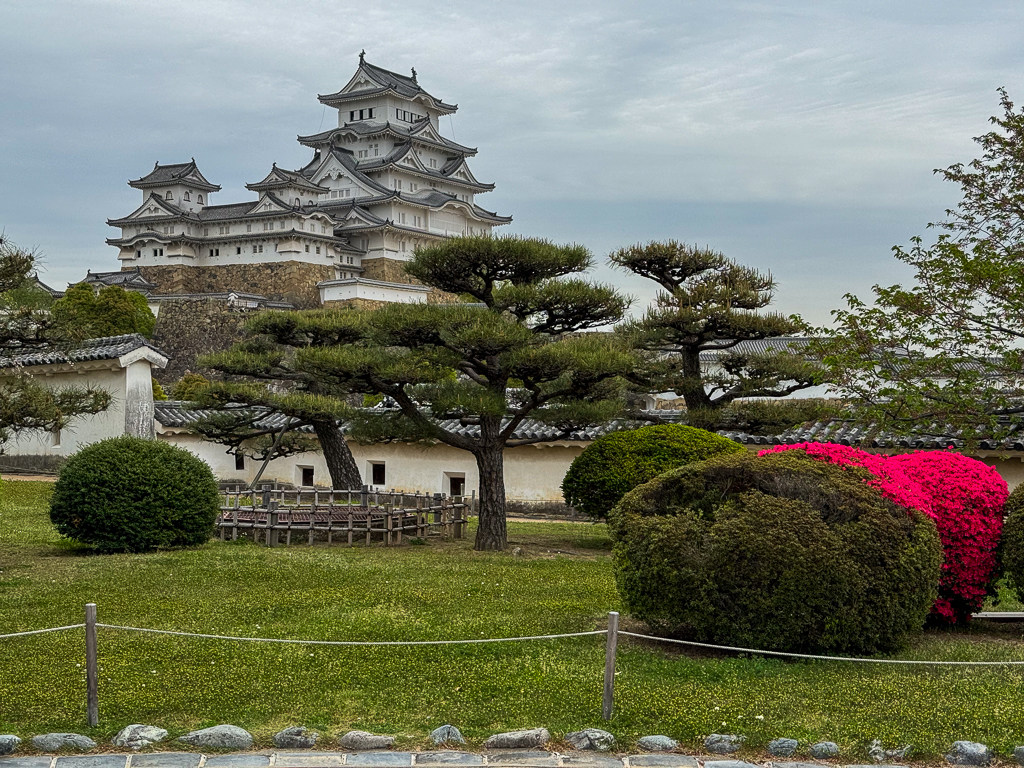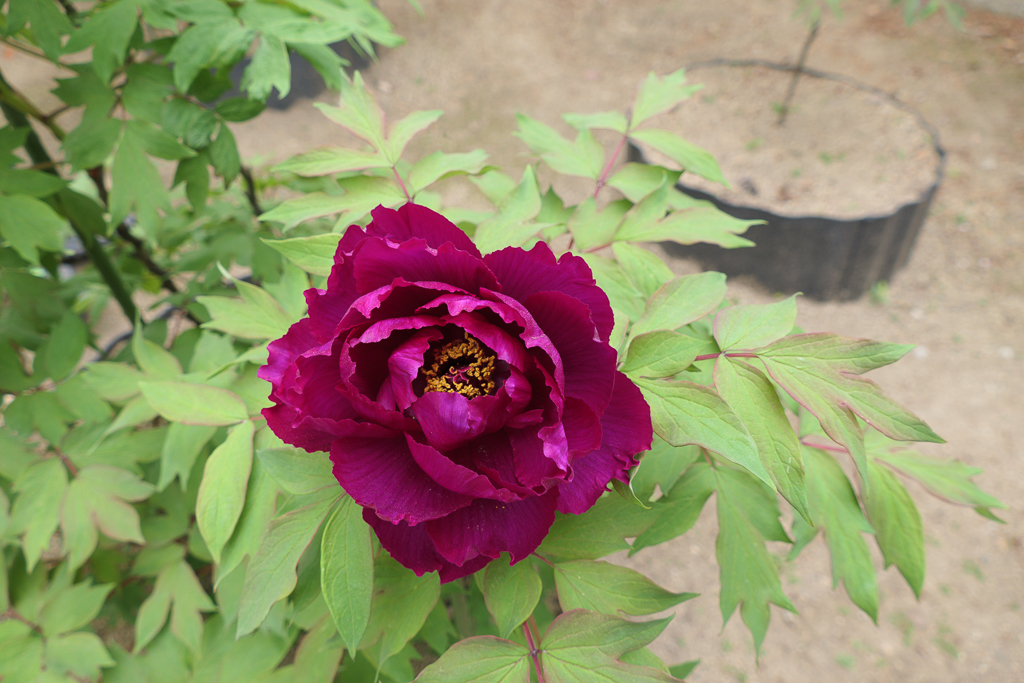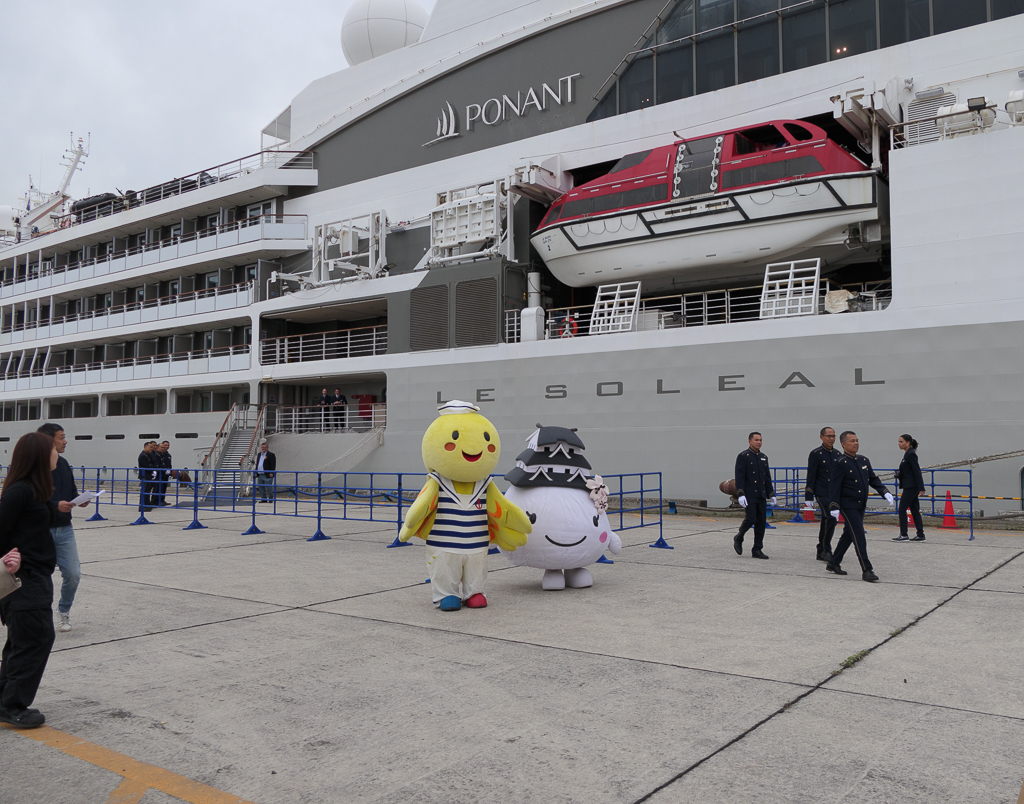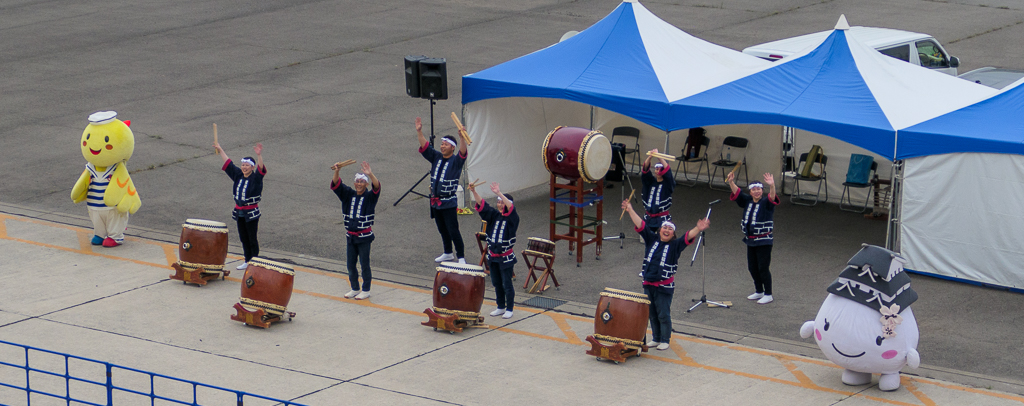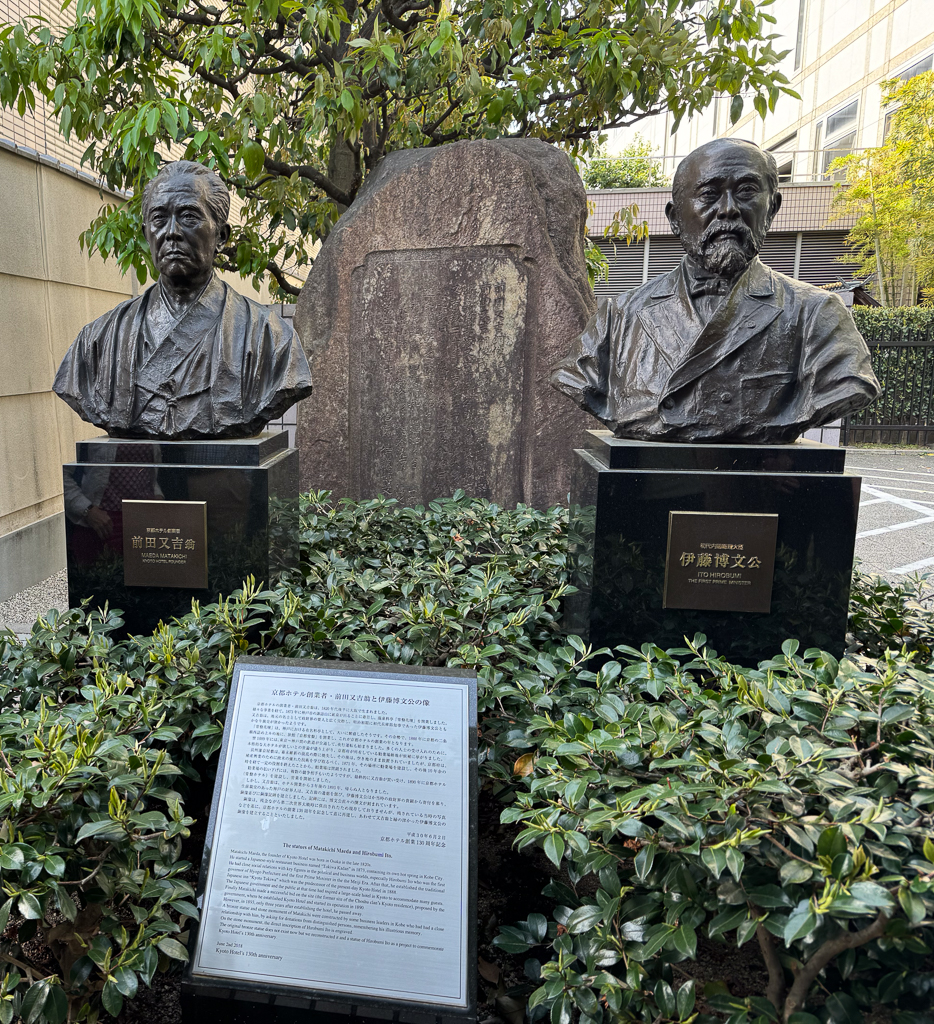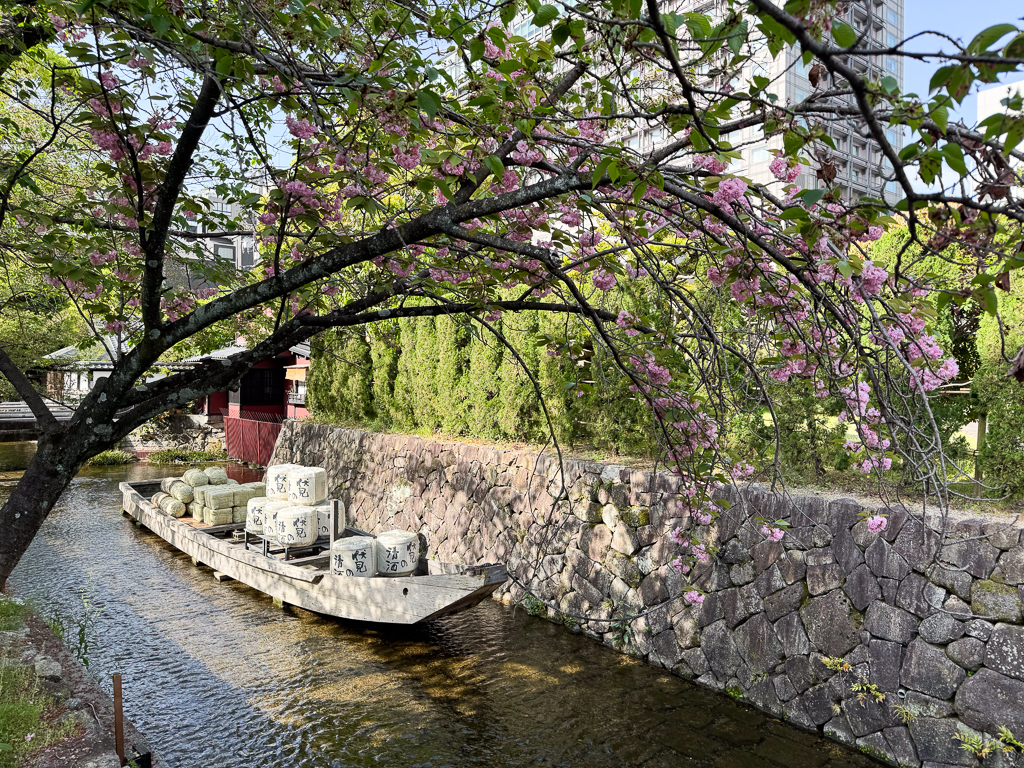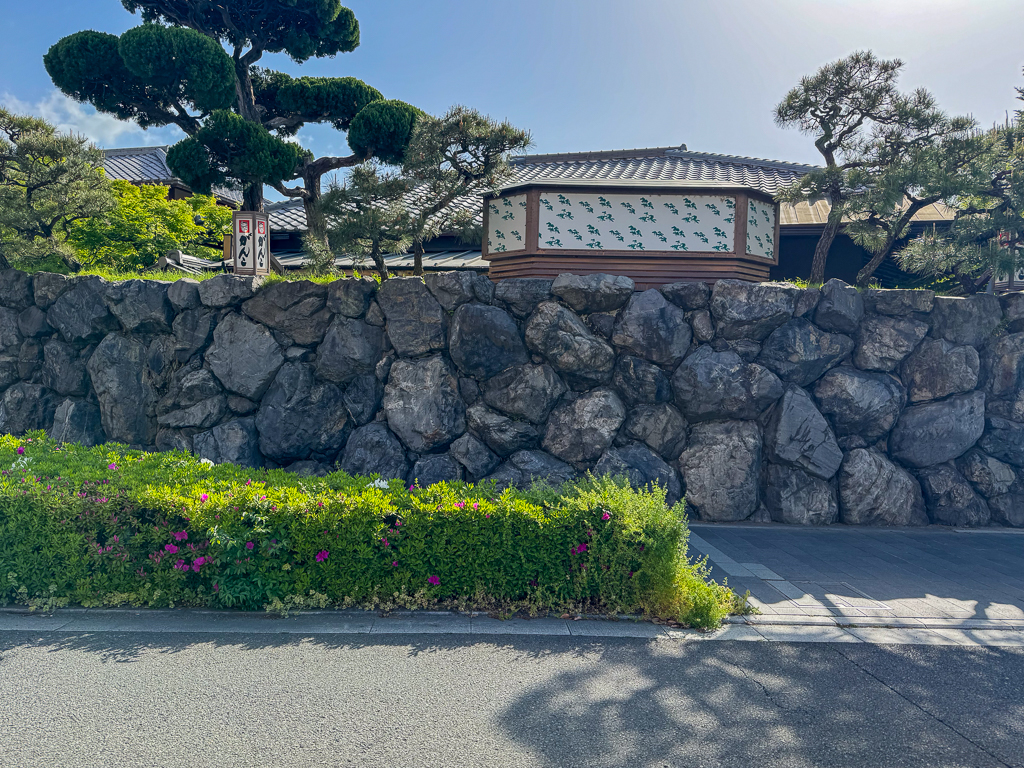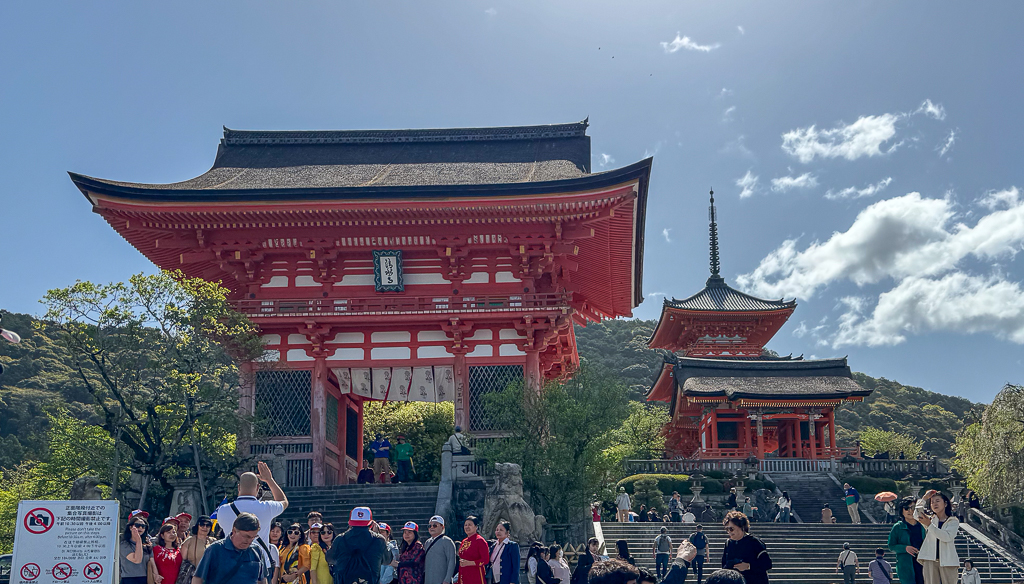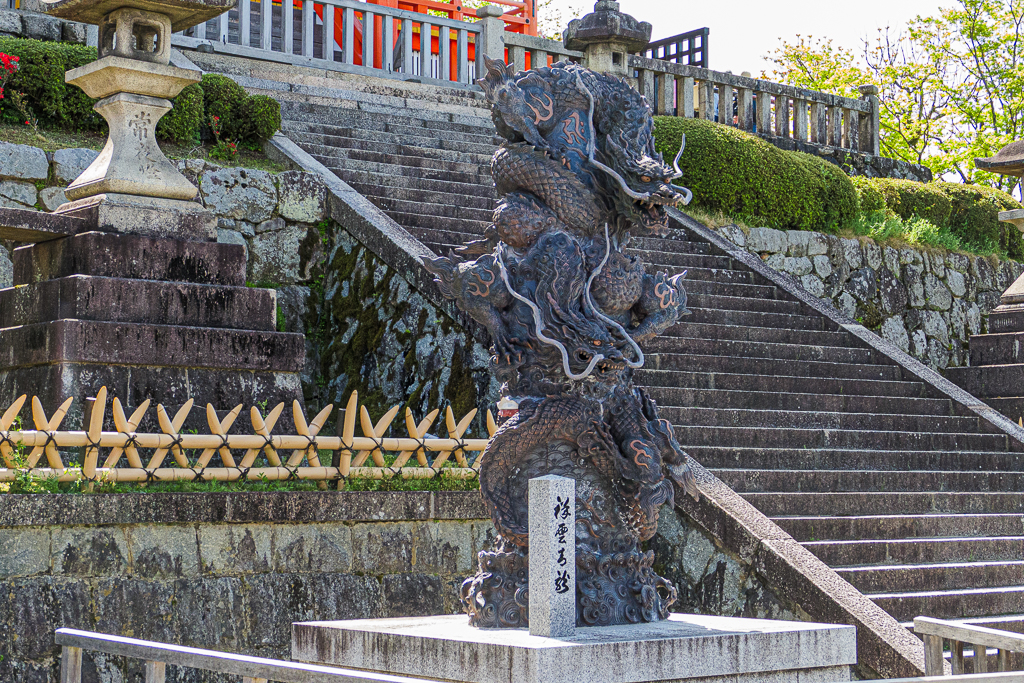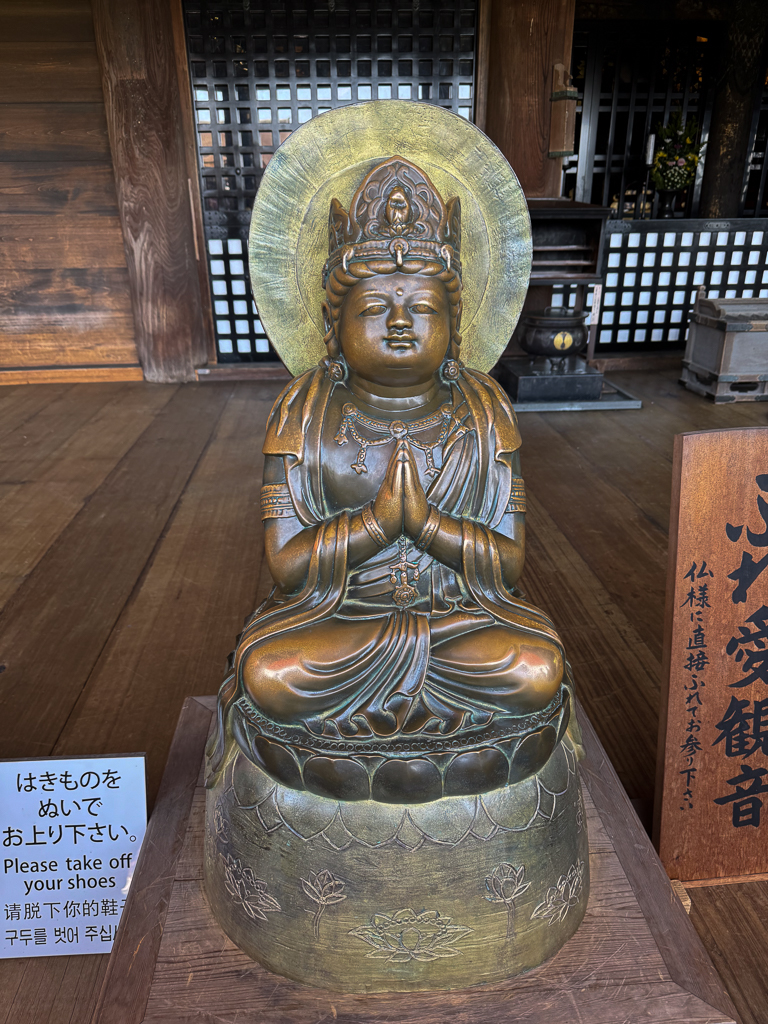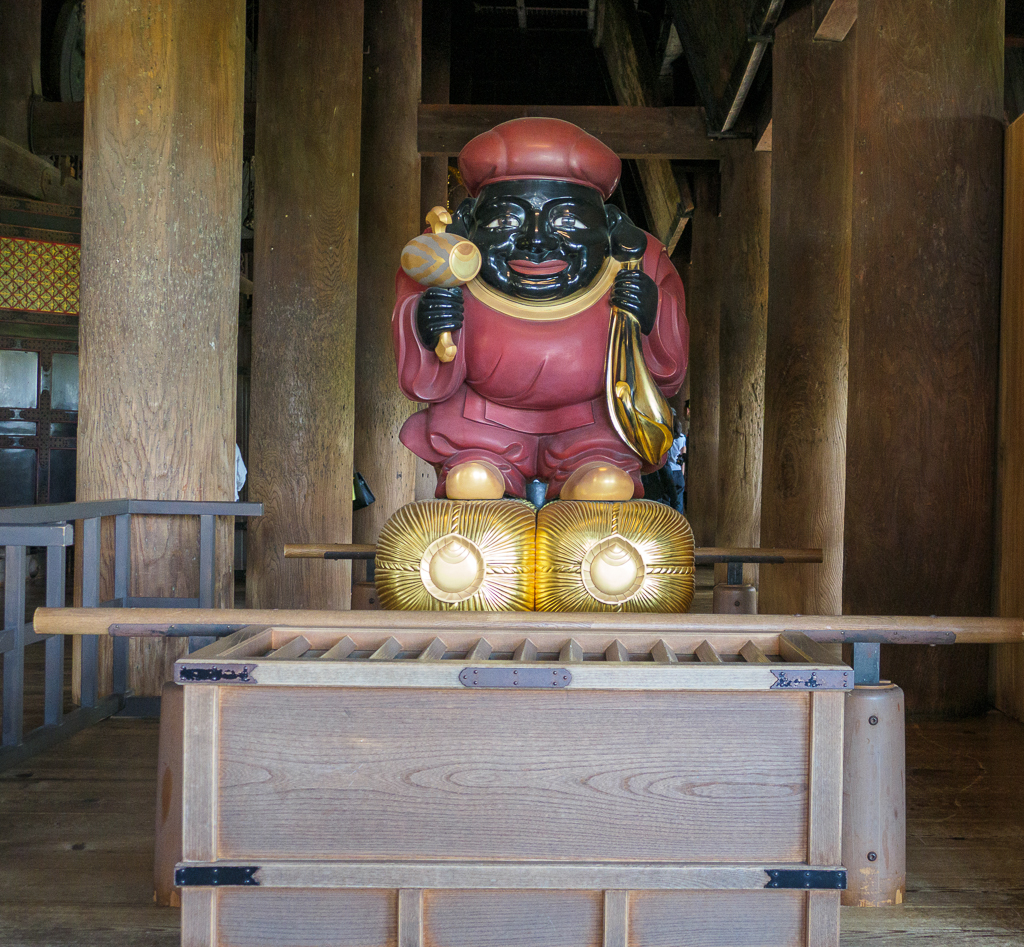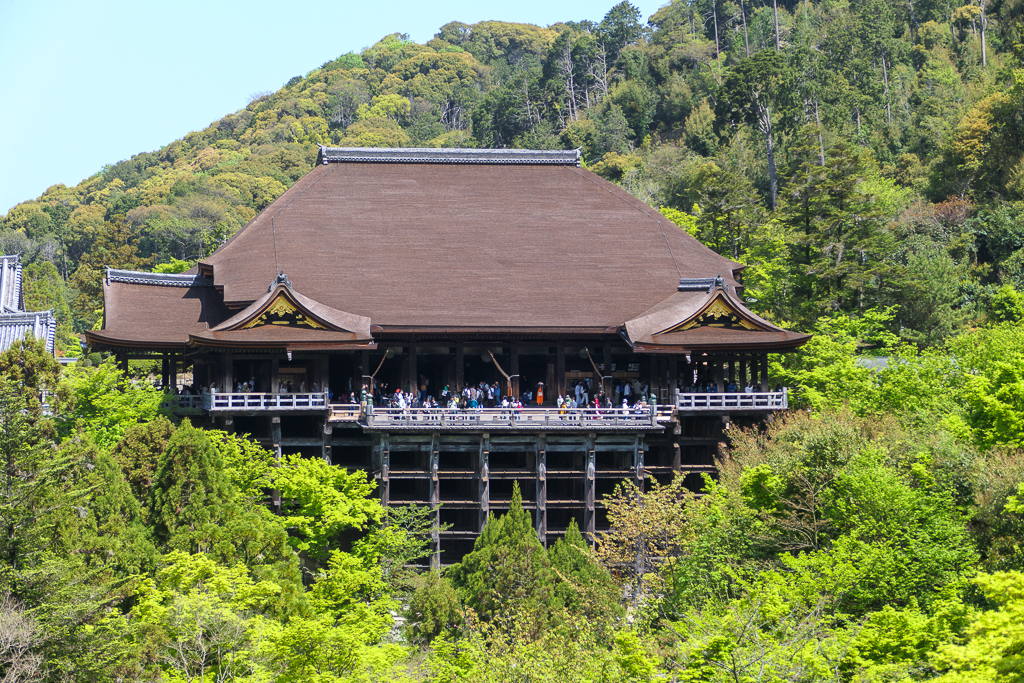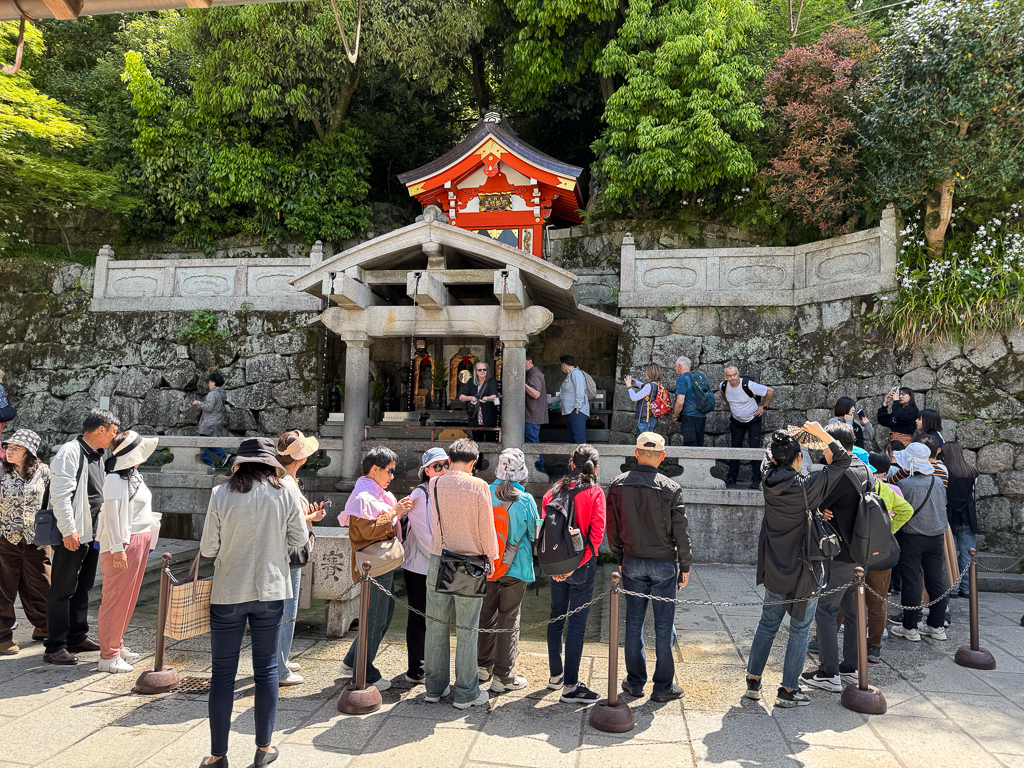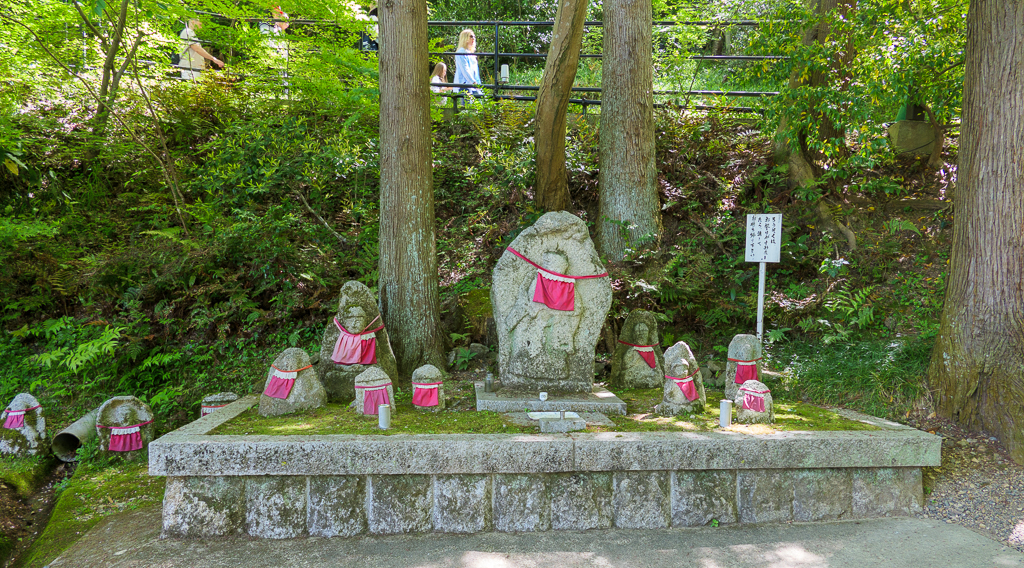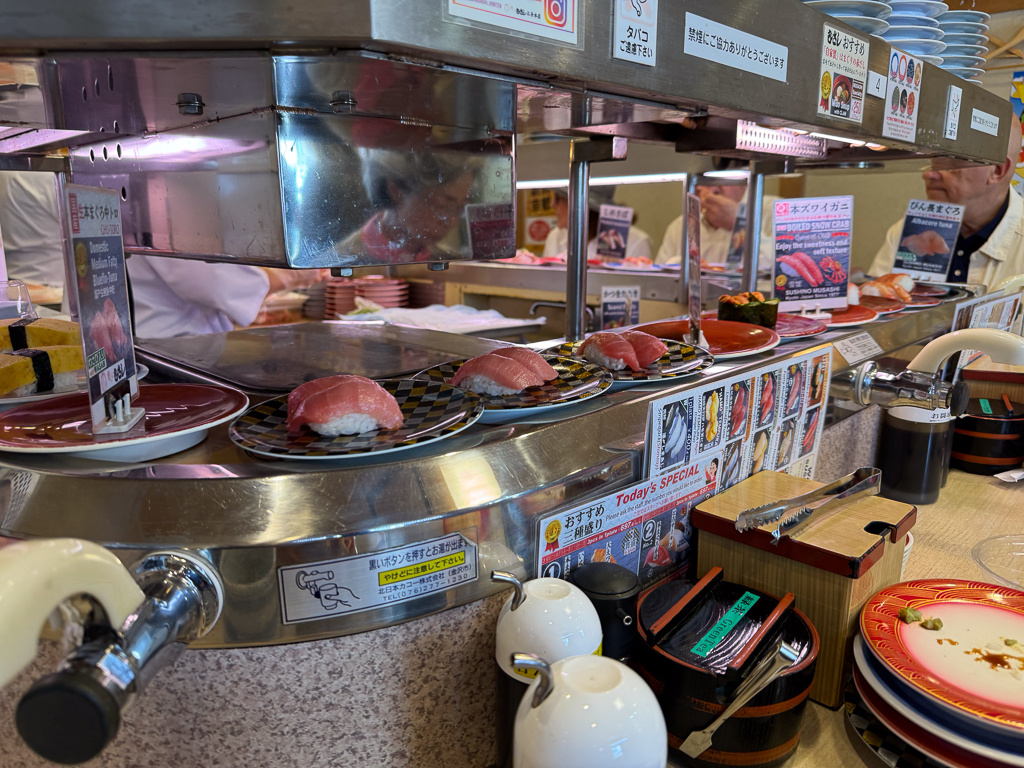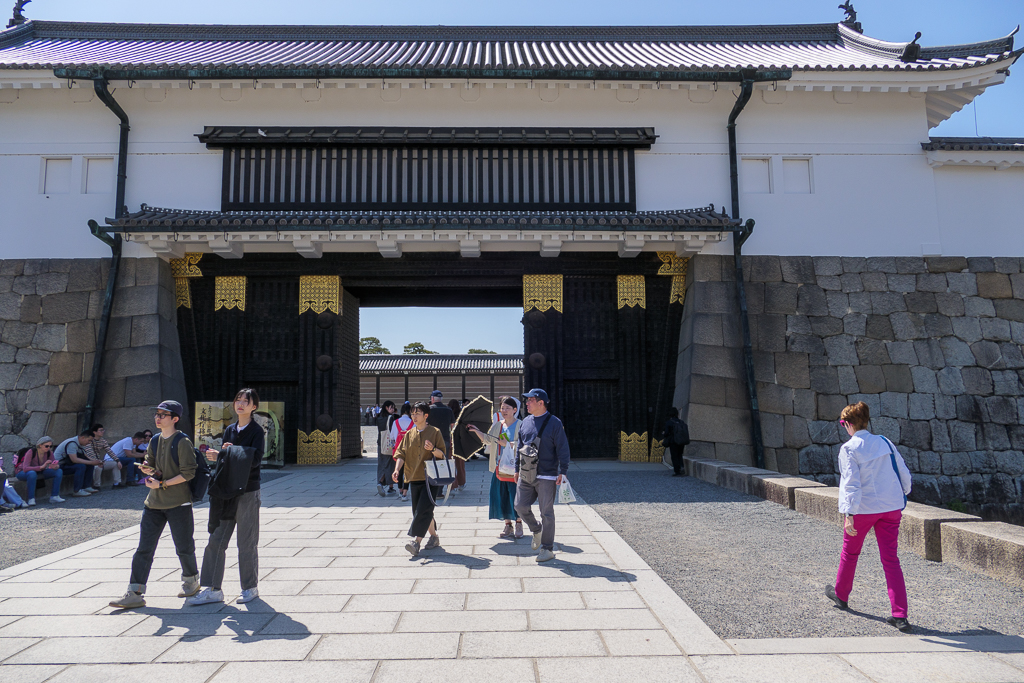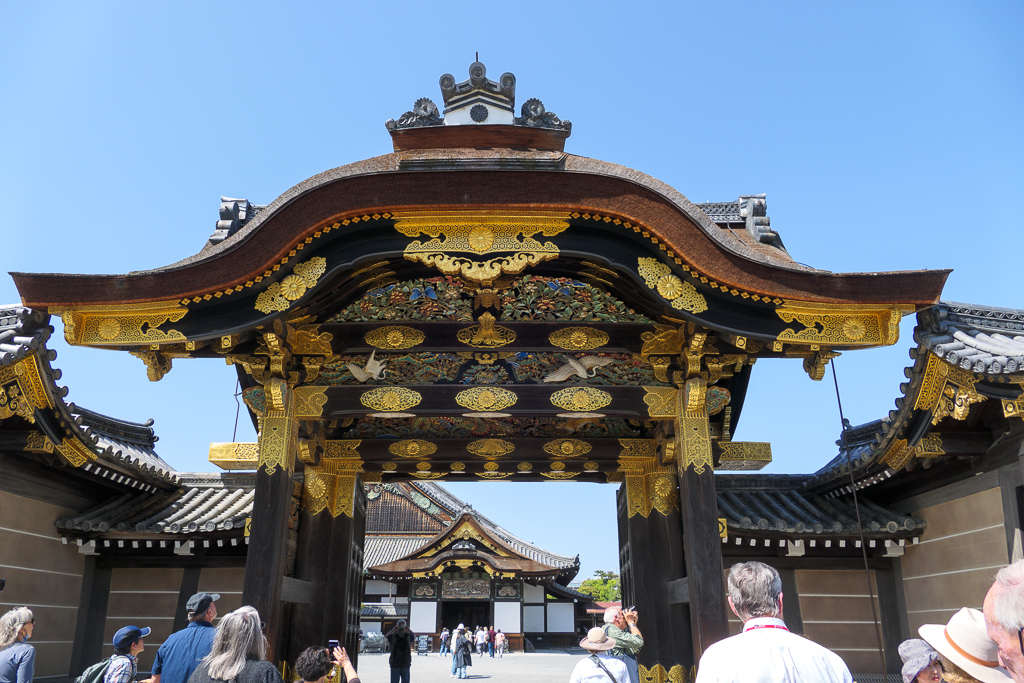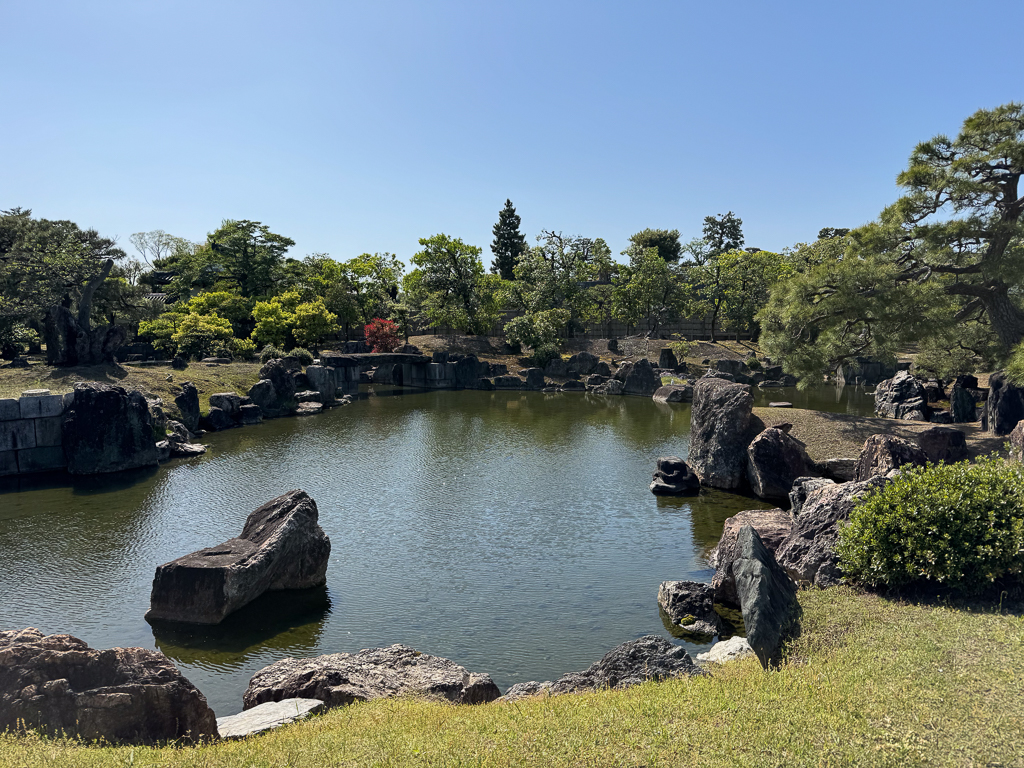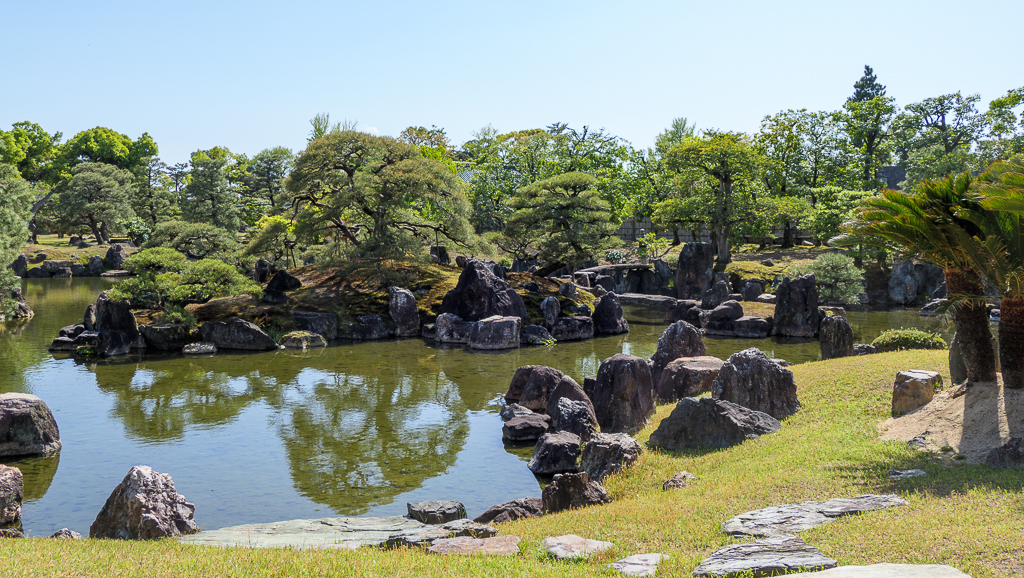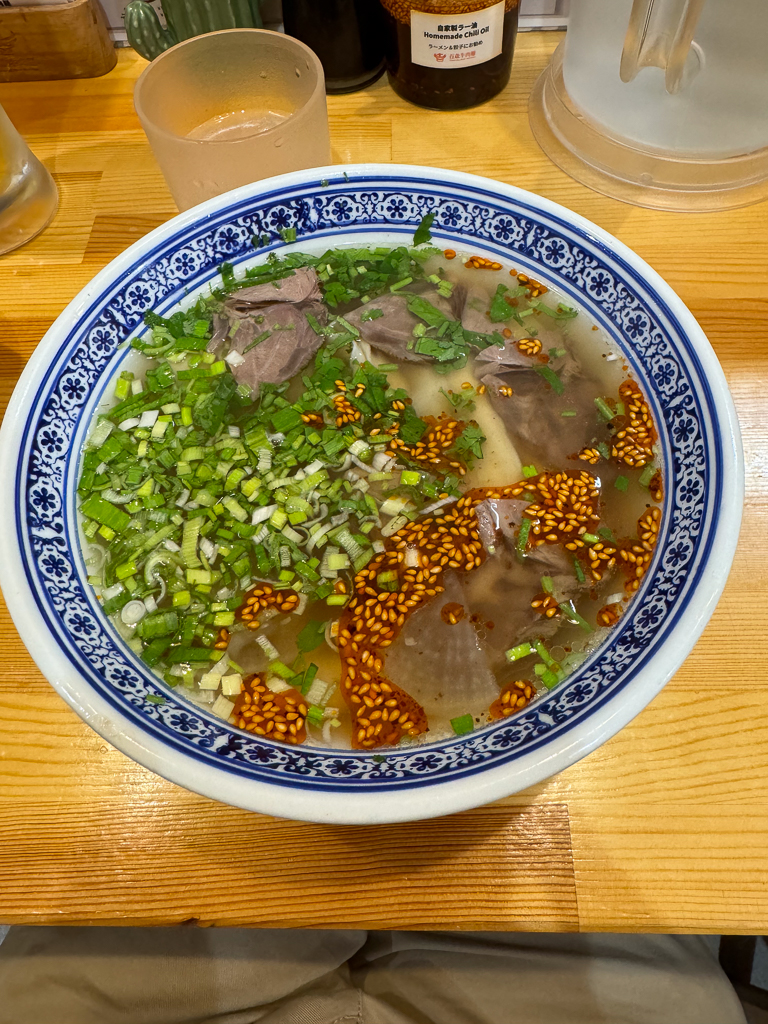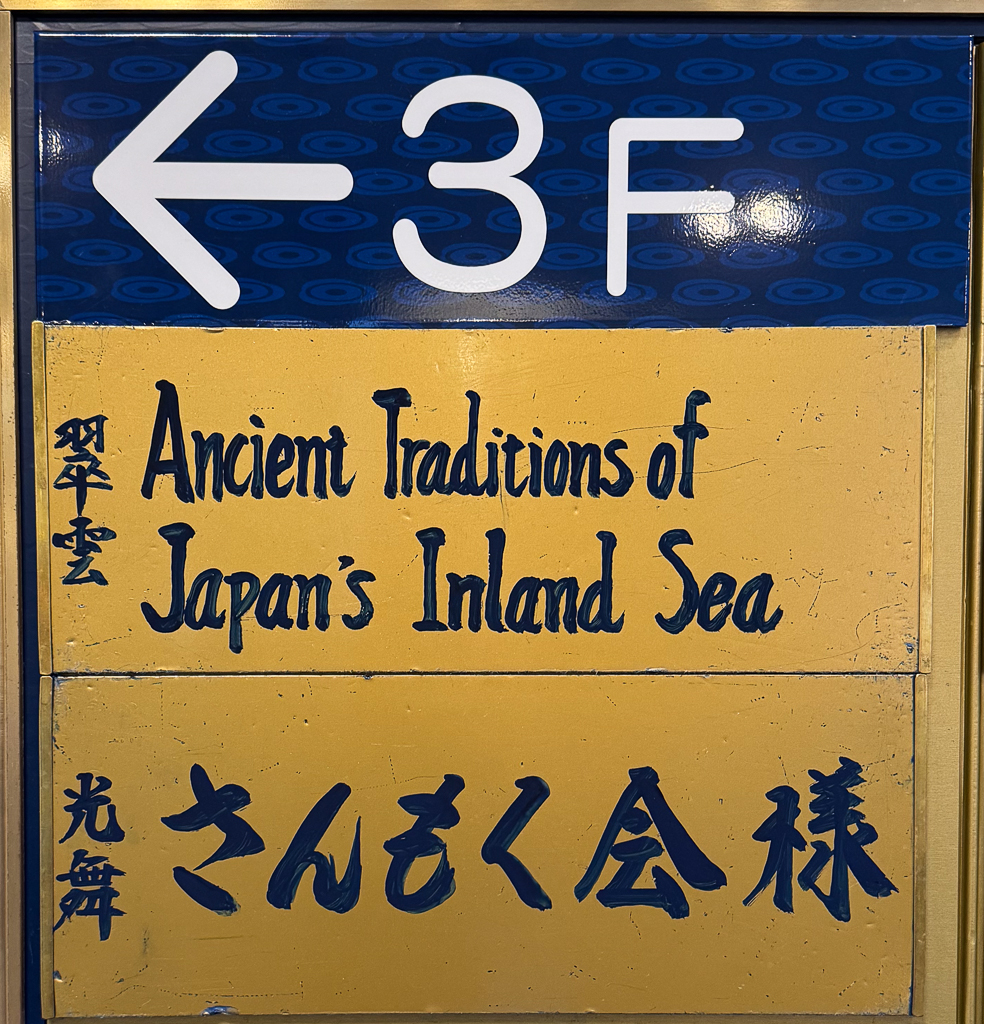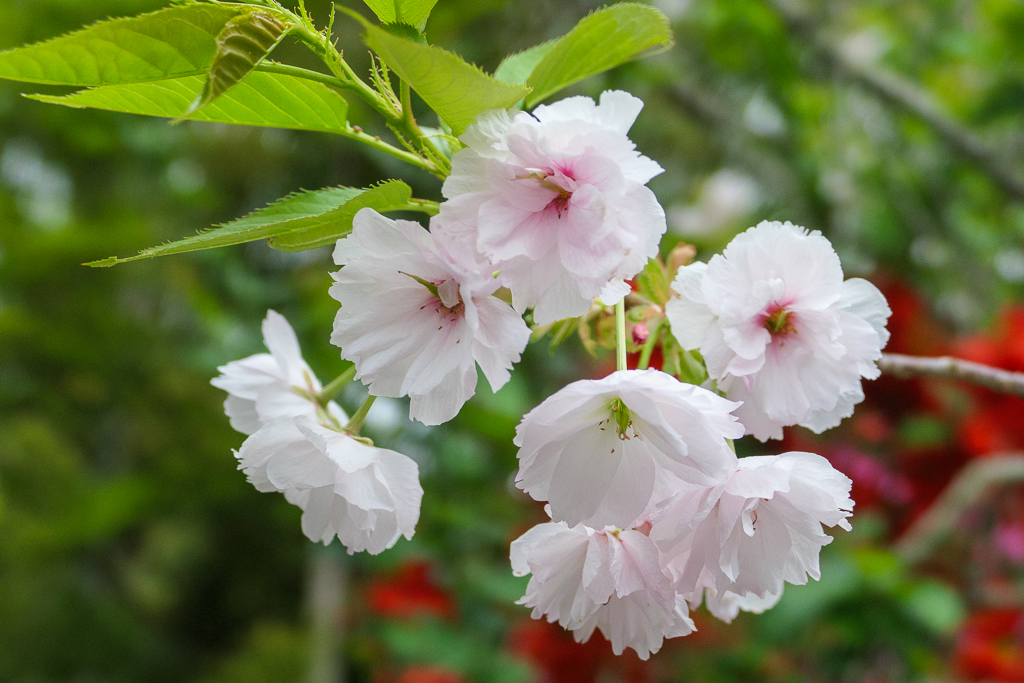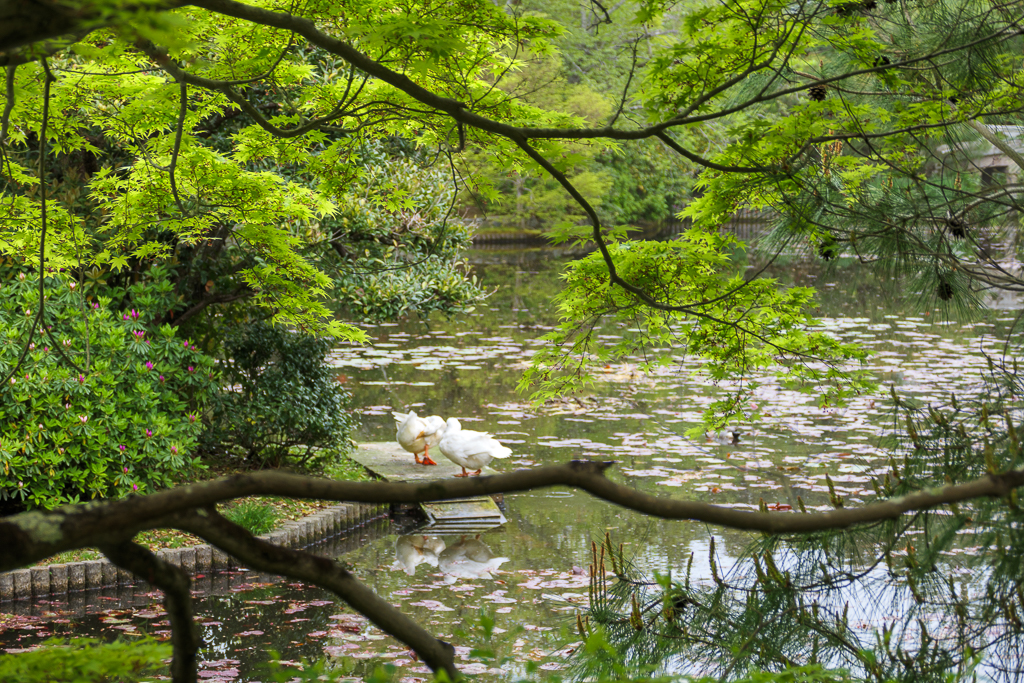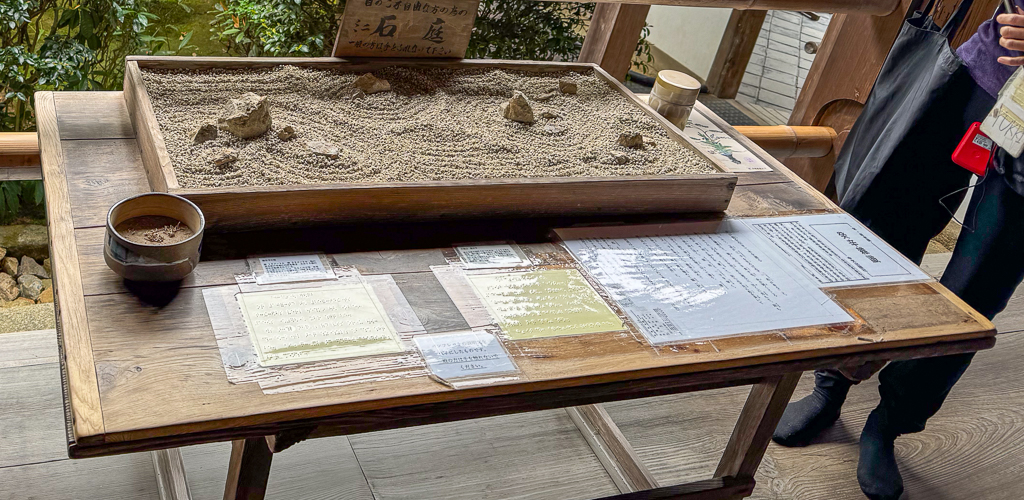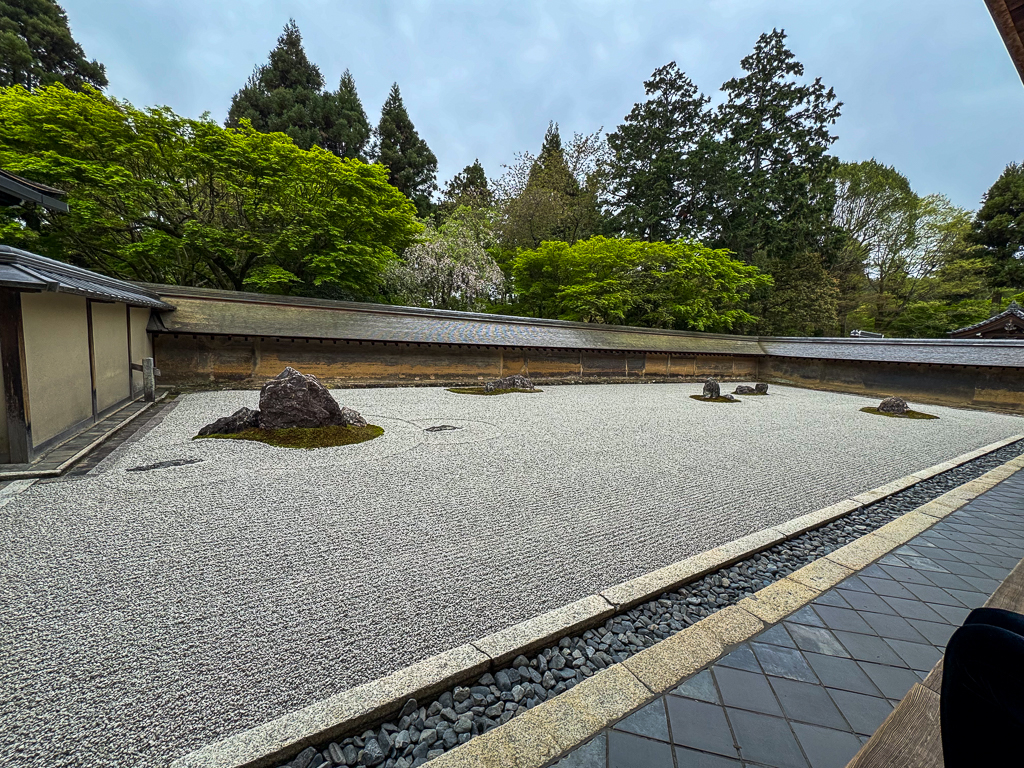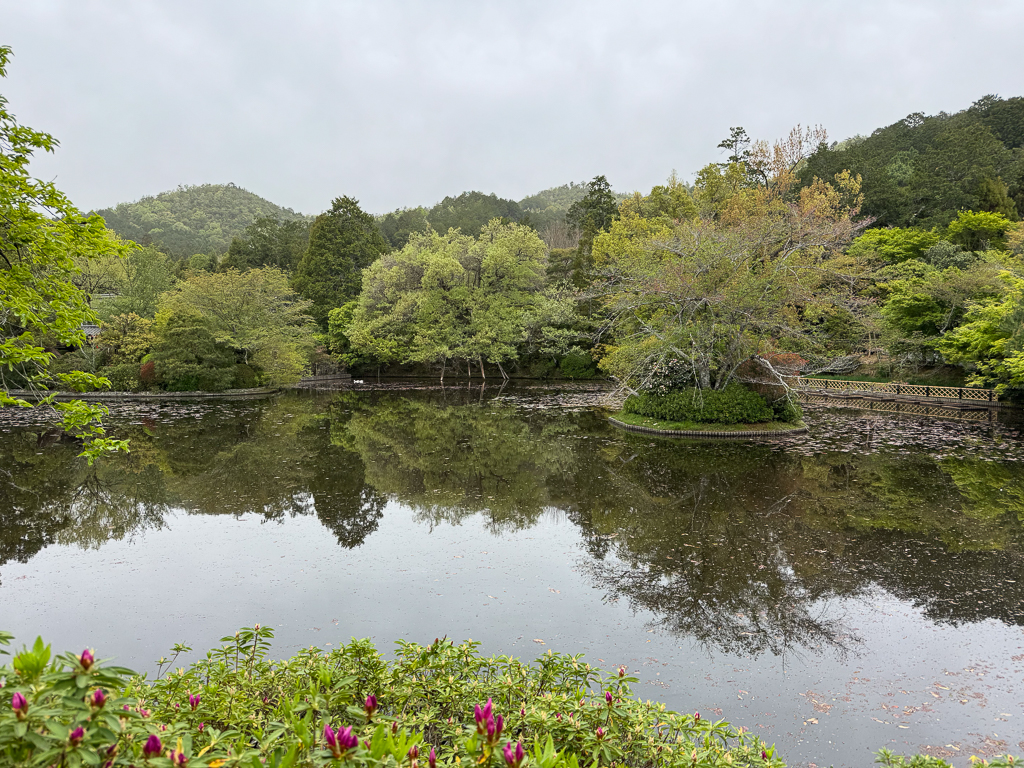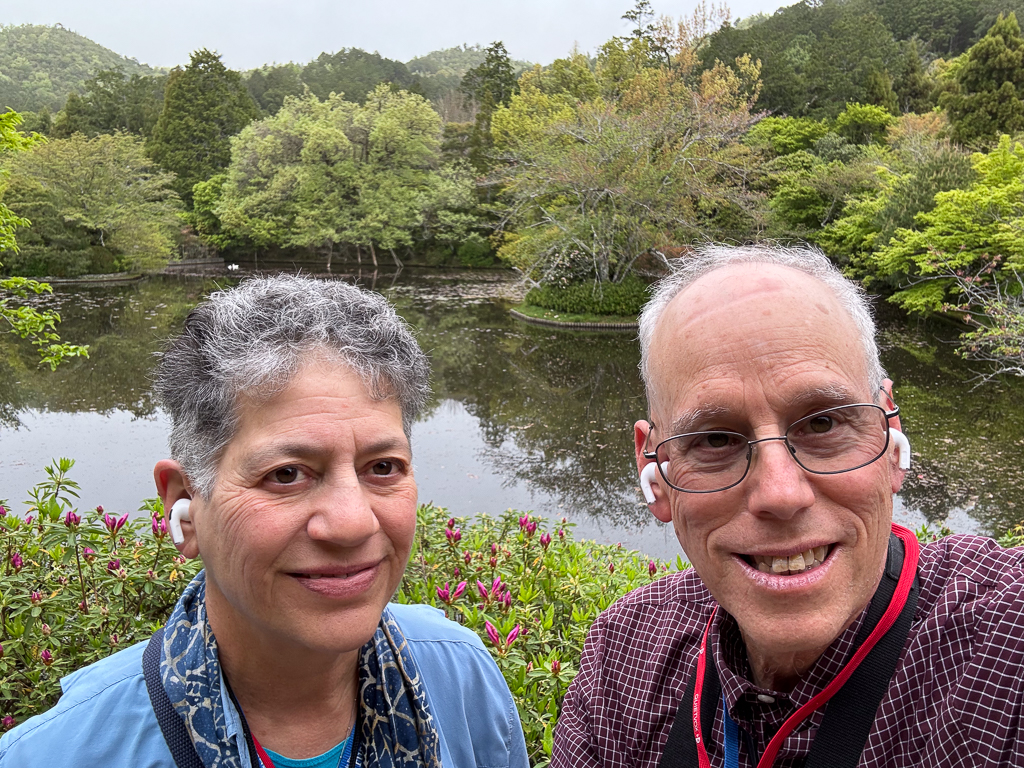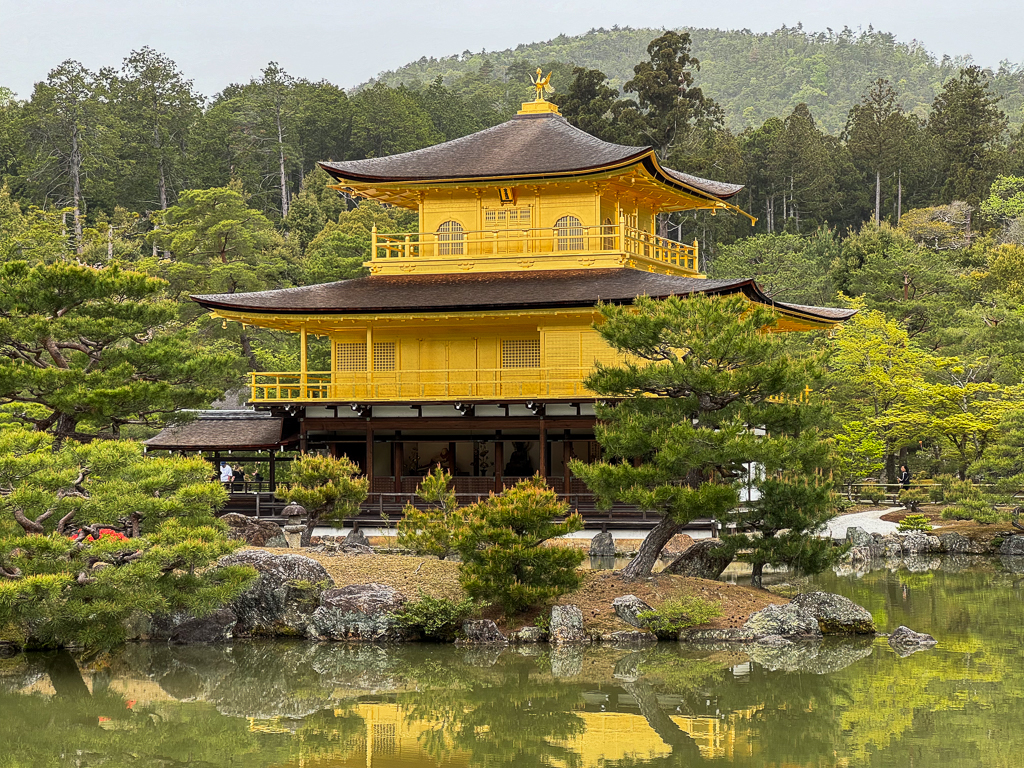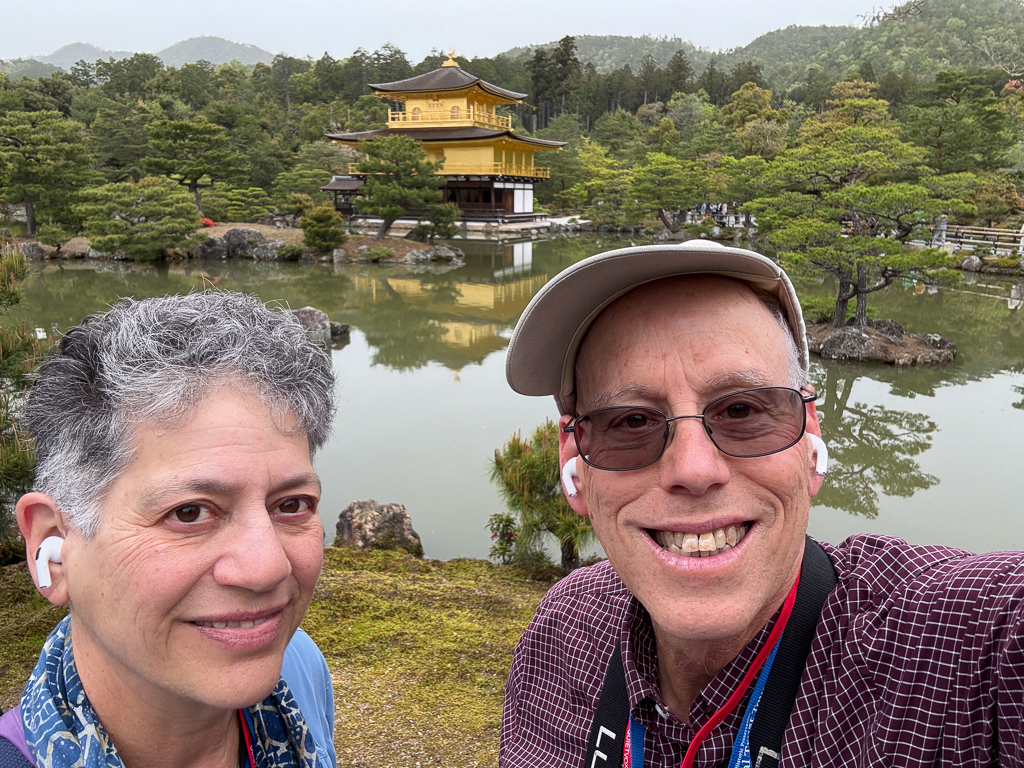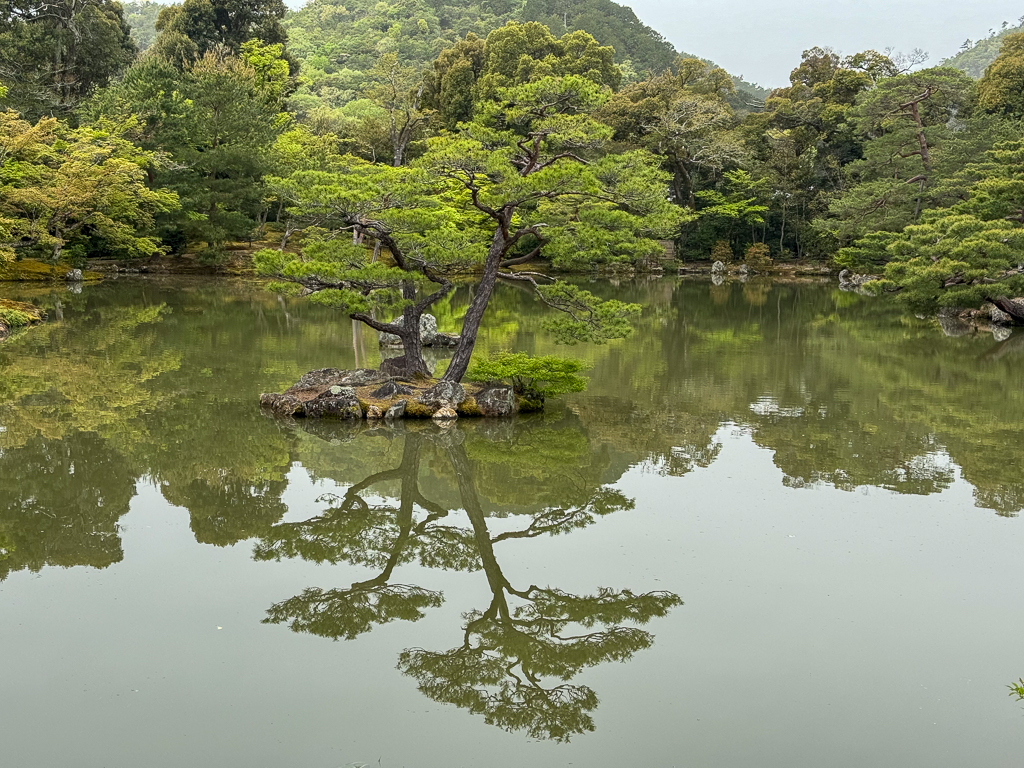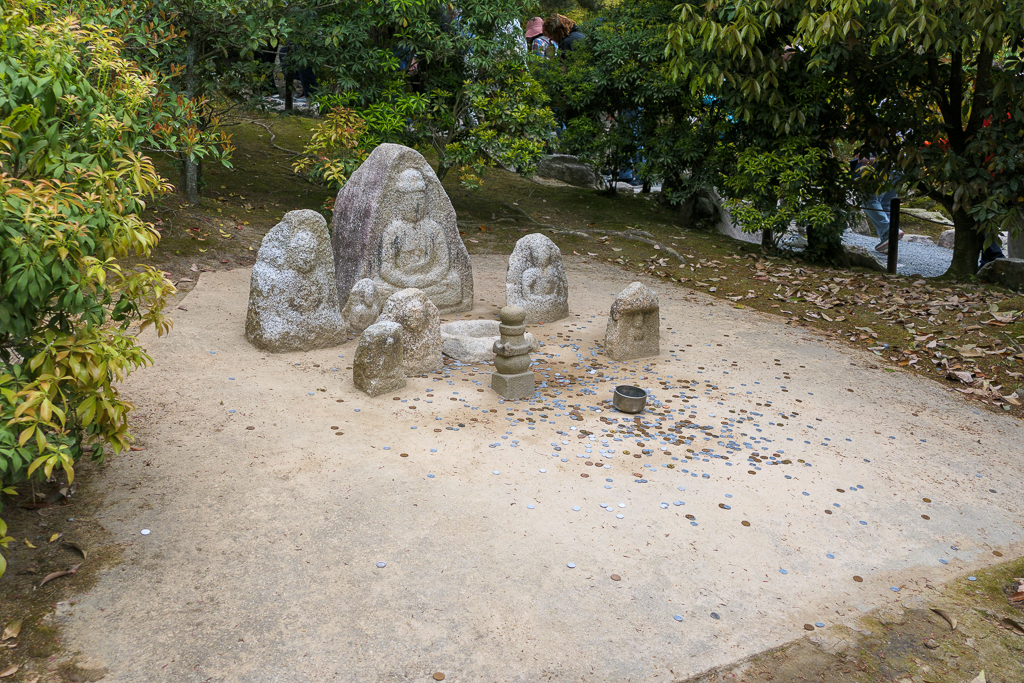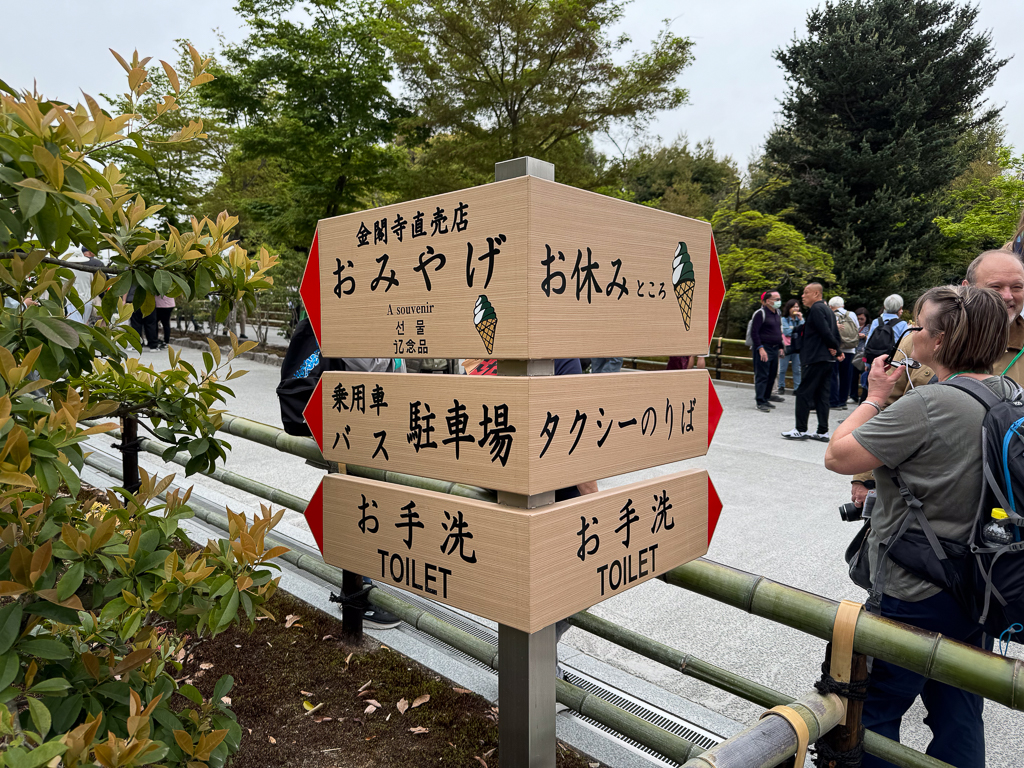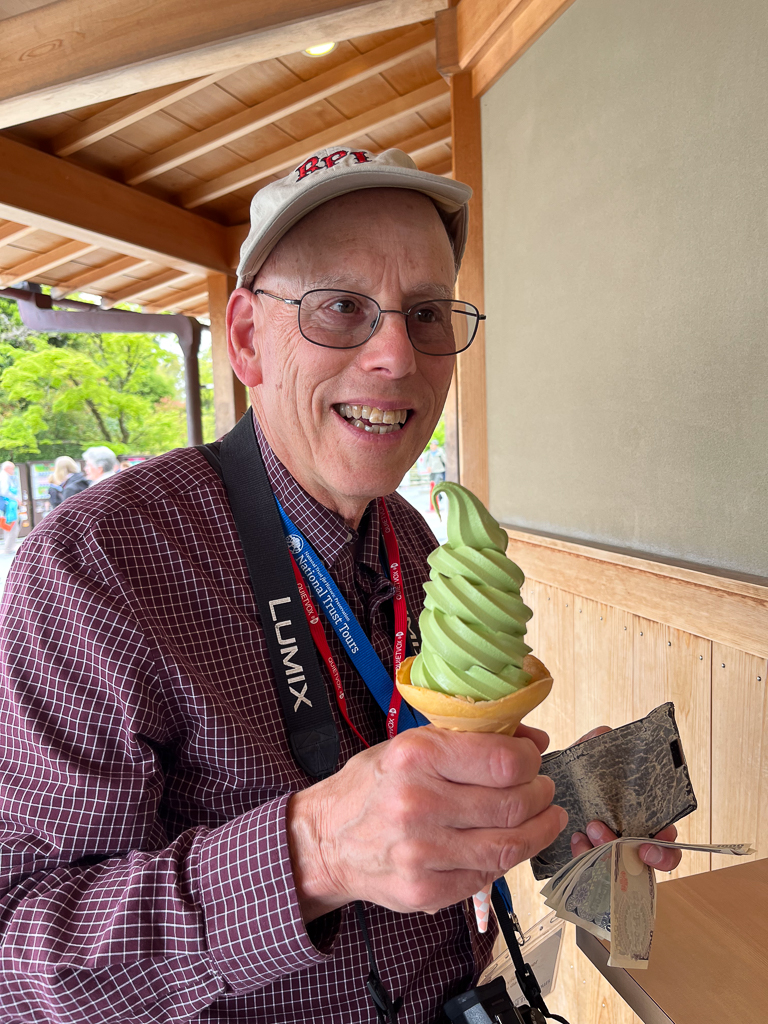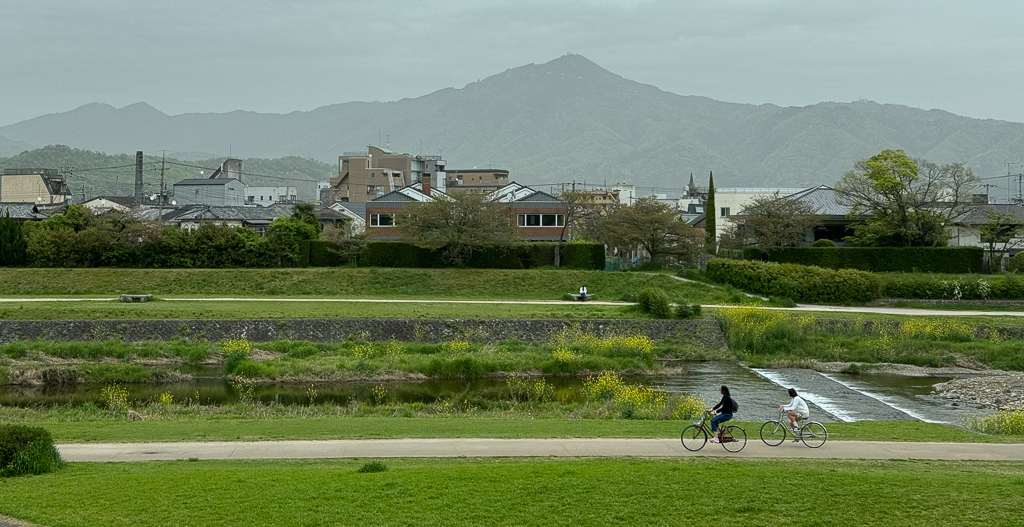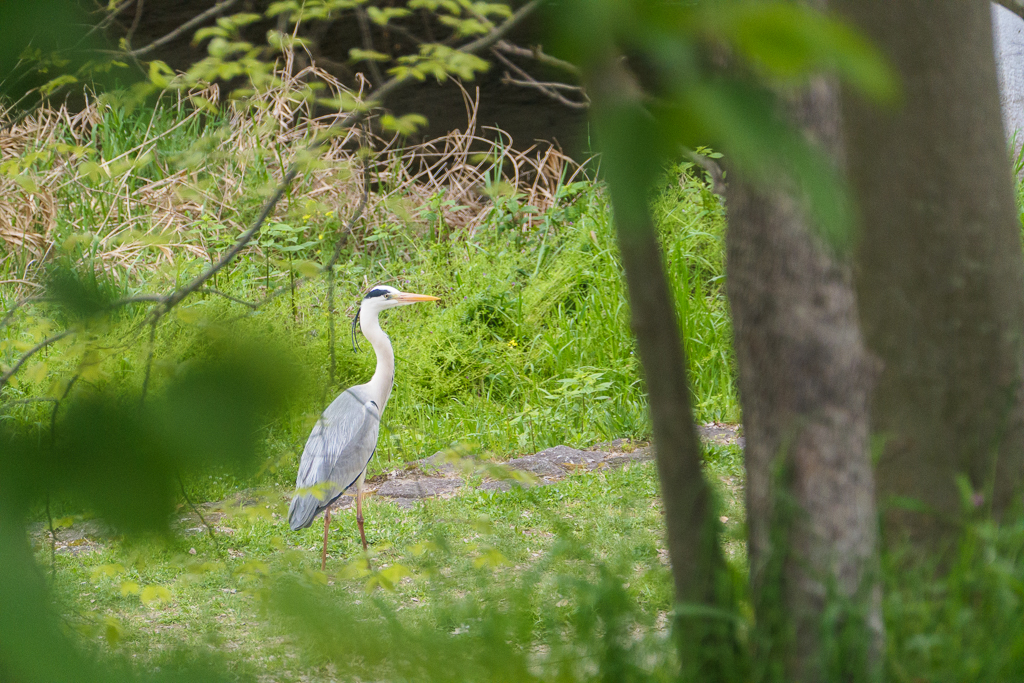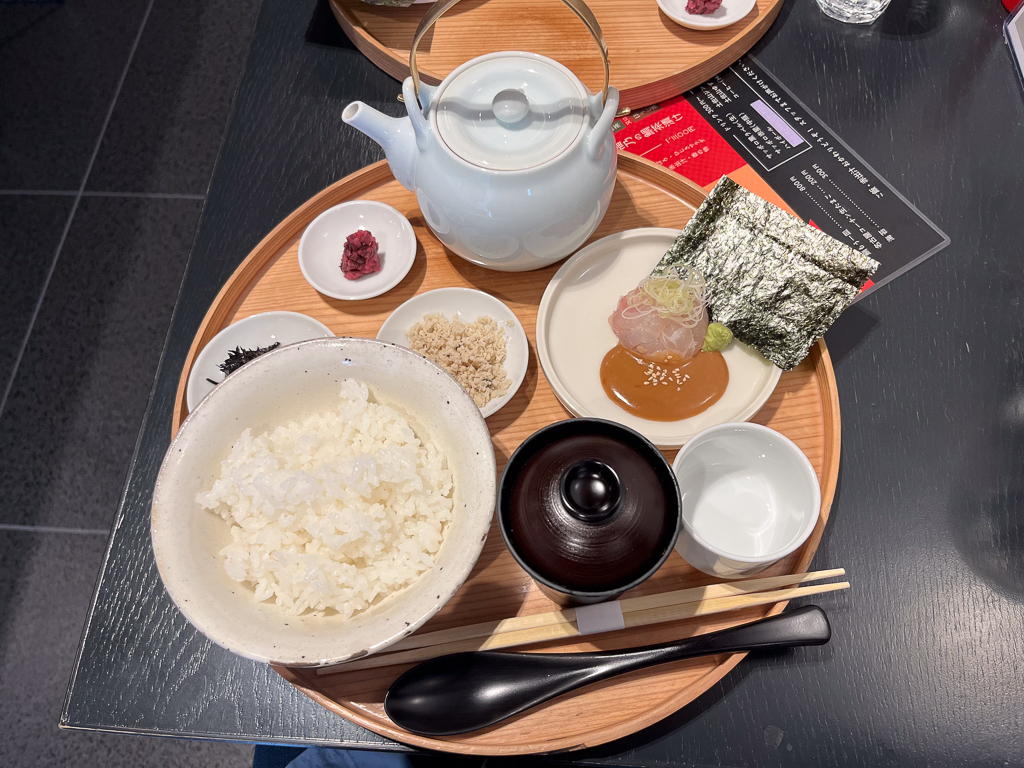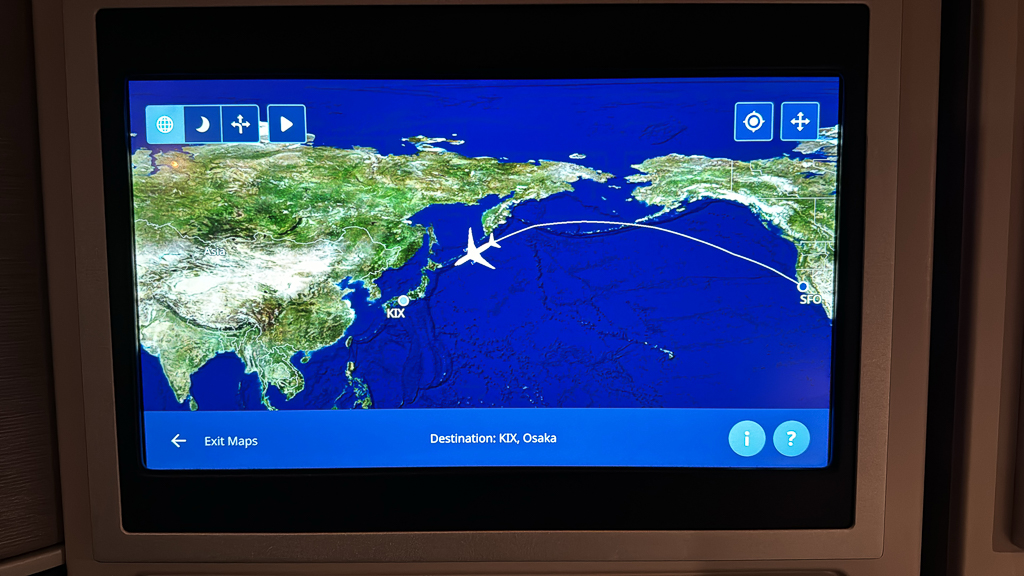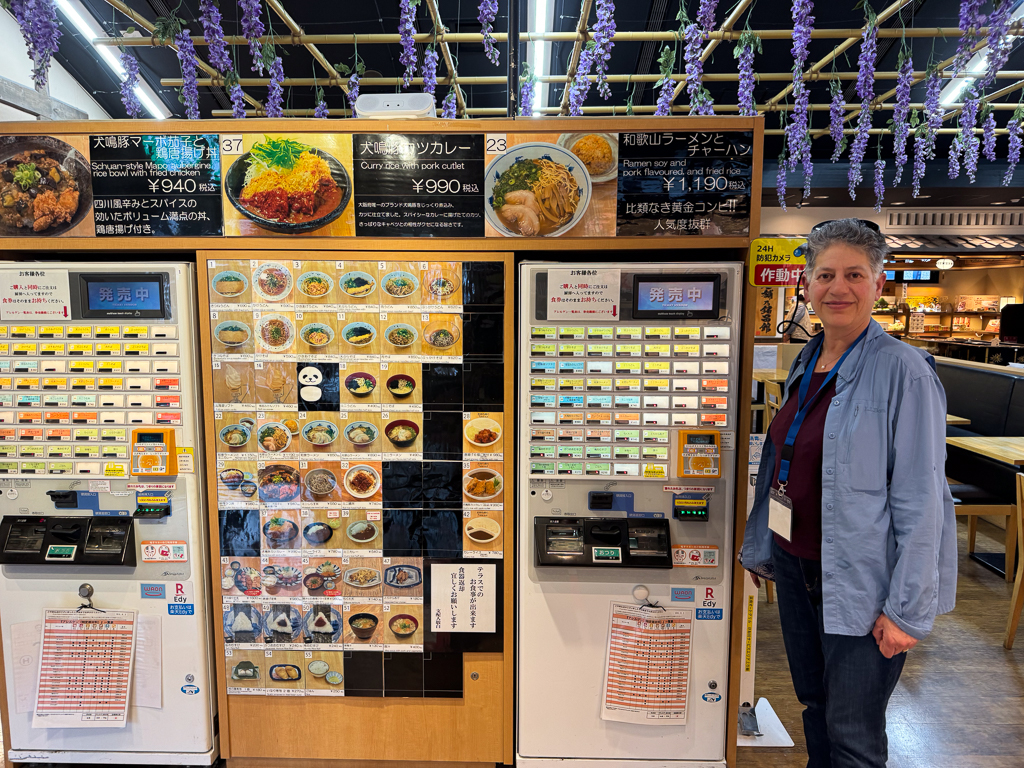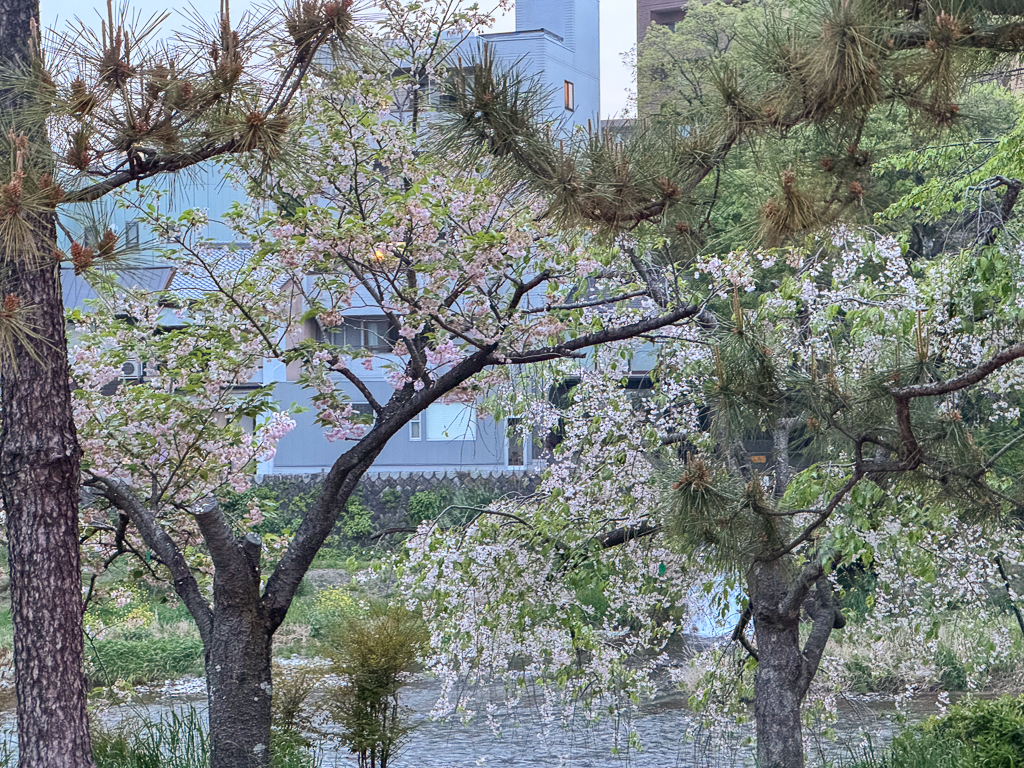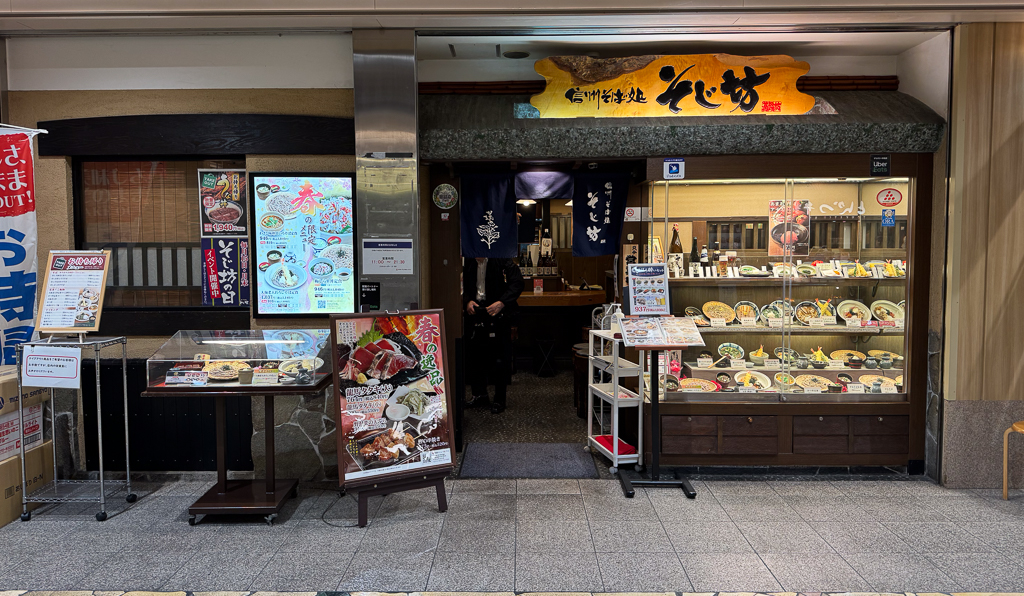We sailed into Hiroshima during breakfast and set out for our excursion to the Hiroshima Peace Memorial Park a few minutes before 8am. The park sits on both sides of the Motoyasu River, atop what had been the city’s busiest commercial and residential district – until 8:15am on August 6, 1945.
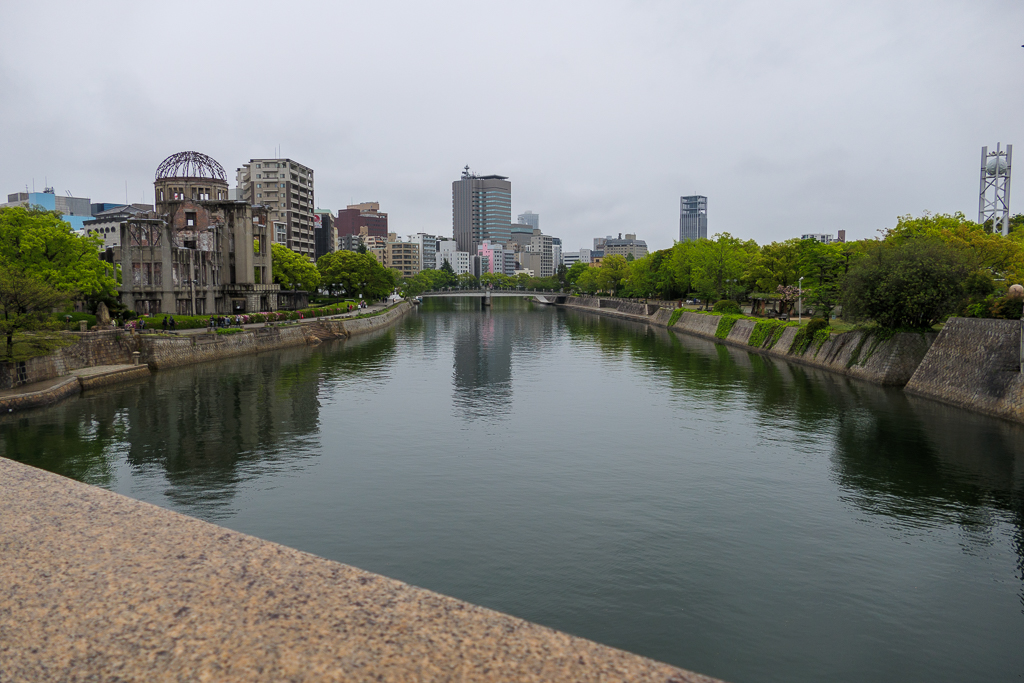
The closest building to the hypocenter of the bomb to partially survive was the Hiroshima Prefectural Industrial Promotion Hall; today, it’s known as the A-Bomb Dome. There is a Shinto shrine just outside the dome; unlike most Shinto shrines, one of the post popular offerings is water – because many of those who died of radiation poisoning in the immediate aftermath of the bombing were denied water under the belief that it might harm them.
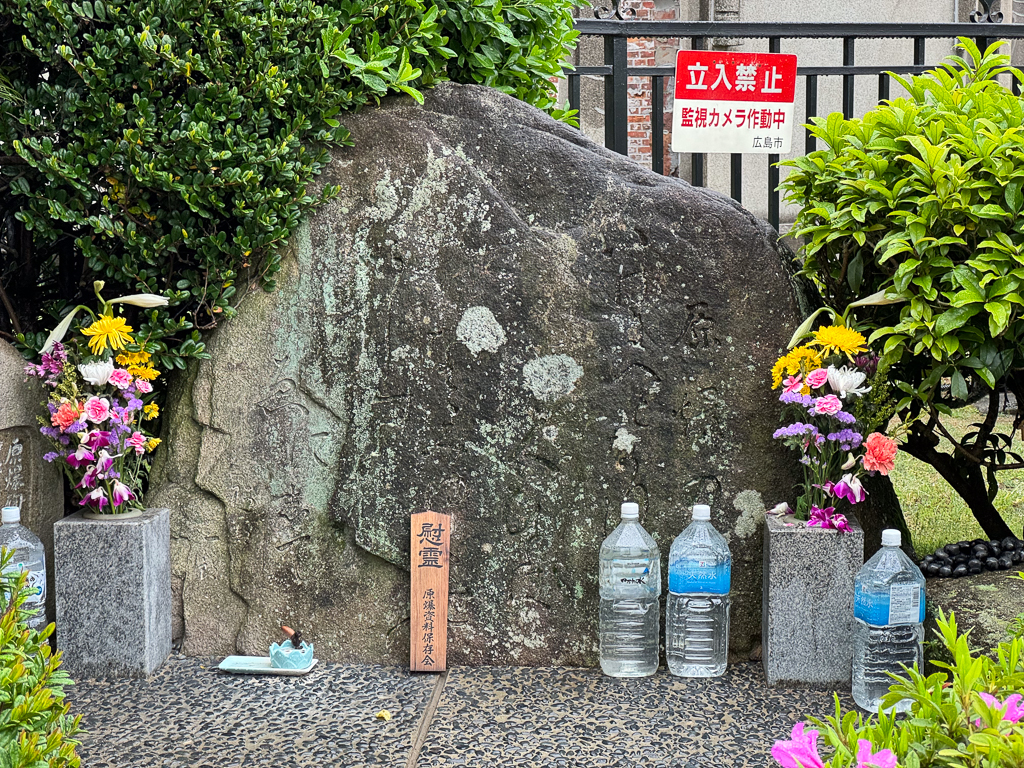
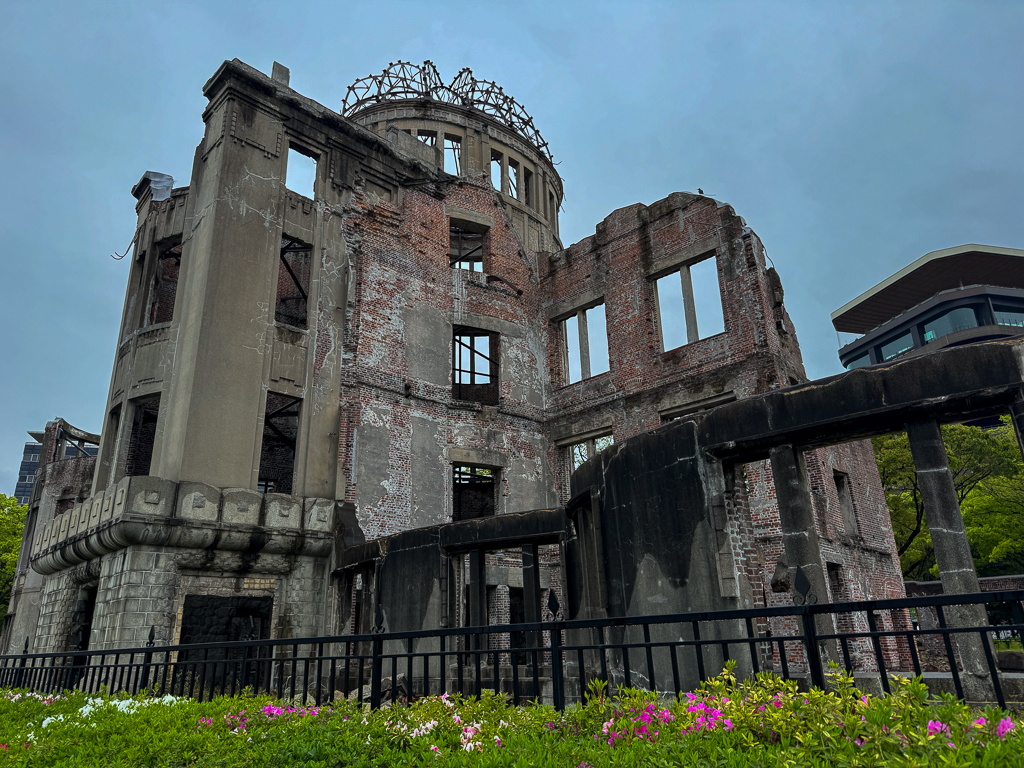
The park is filled with other memorials to victims of the bombing and the war. More than three million Japanese middle- and high-school students were mobilized during the war to provide labor for war production; more than 10,000 of those students died in the process, including more than 7,000 who were killed by the A-bomb in Hiroshima. The Memorial Tower to the Mobilized Students depicts the Goddess of Peace.
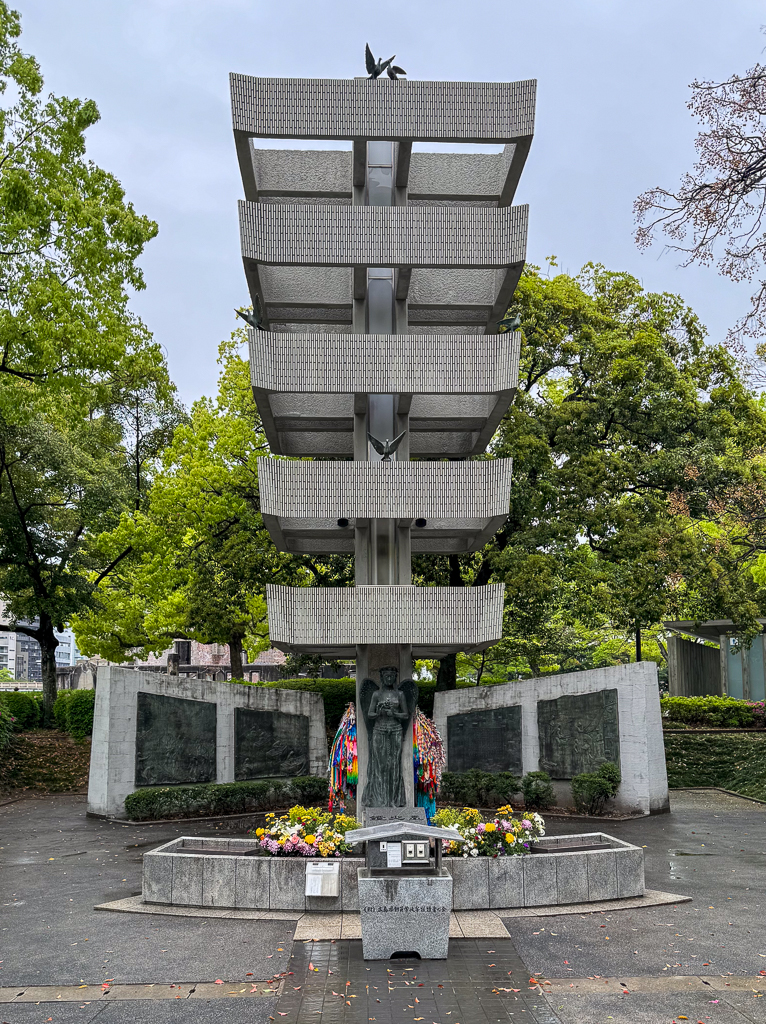
The Children’s Peace Monument commemorates the thousands of children who died as a result of the bombing, especially Sadako Sasaki who developed leukemia and folded cranes in the hope that they would preseerve her life. There are tens of thousands of folded cranes displayed around the monument, sent in from around the world.
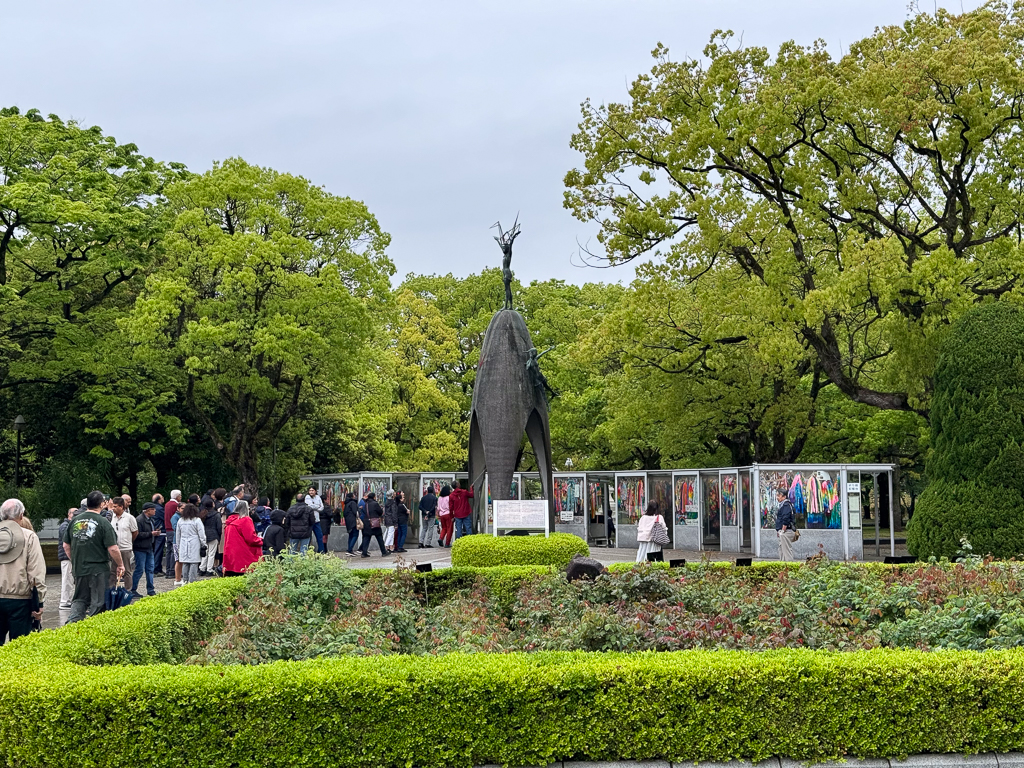
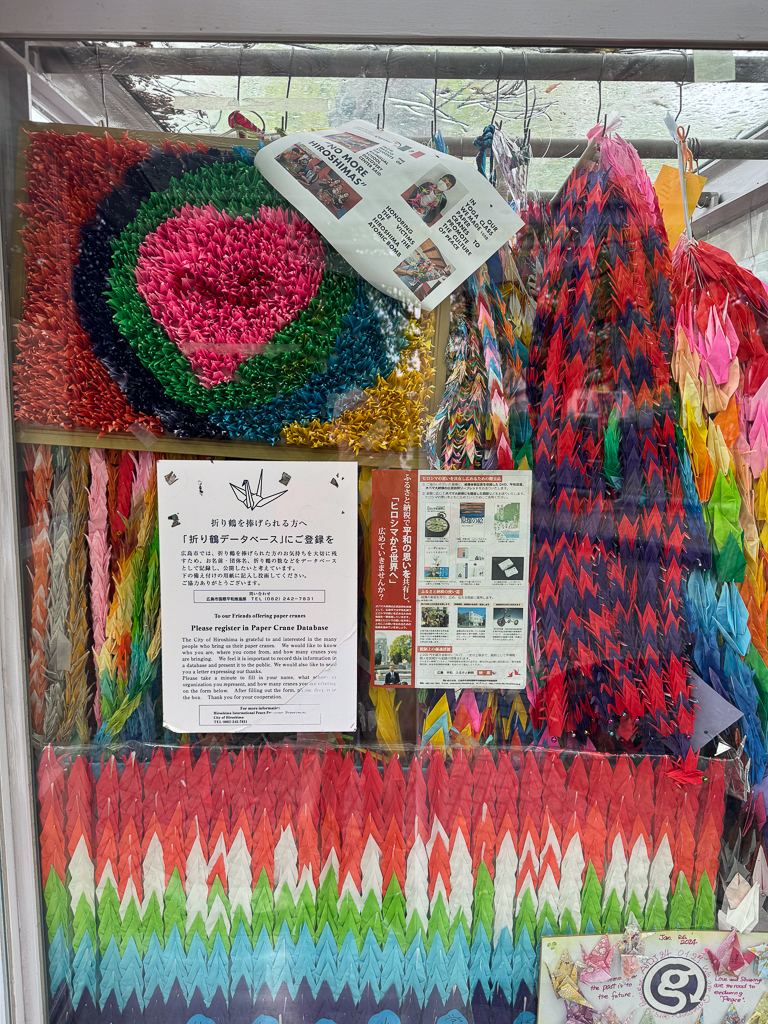
The Atomic Bomb Memorial Mound contains the cremated remains of 70,000 unidentified victims of the bomb.
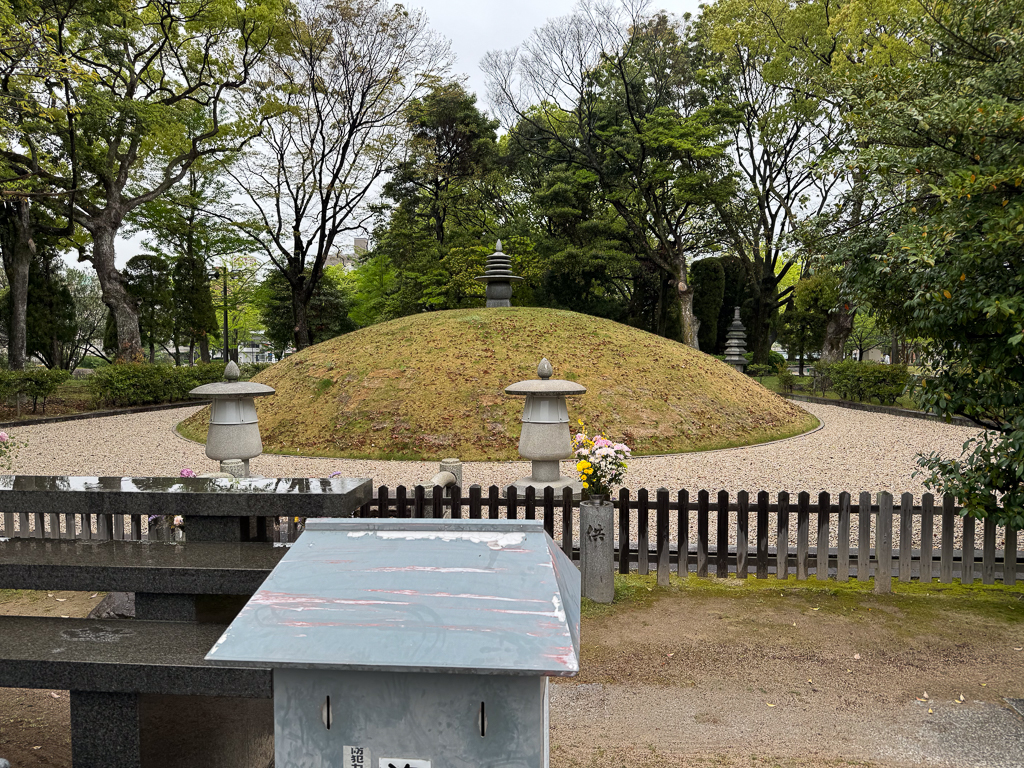
The Cenotaph for Korean Victims memorializes the tens of thousands of Koreans who were killed or injured by the bombing. Most of them were in Japan involuntarily as forced laborers.
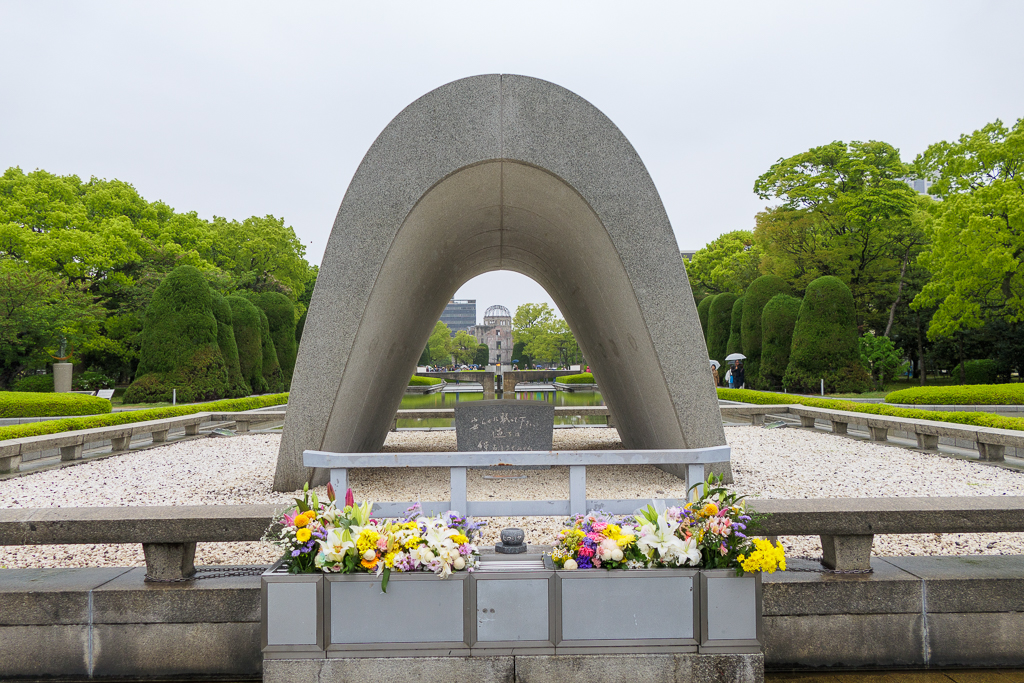
The park is also home to trees, flowers, and wildlife.
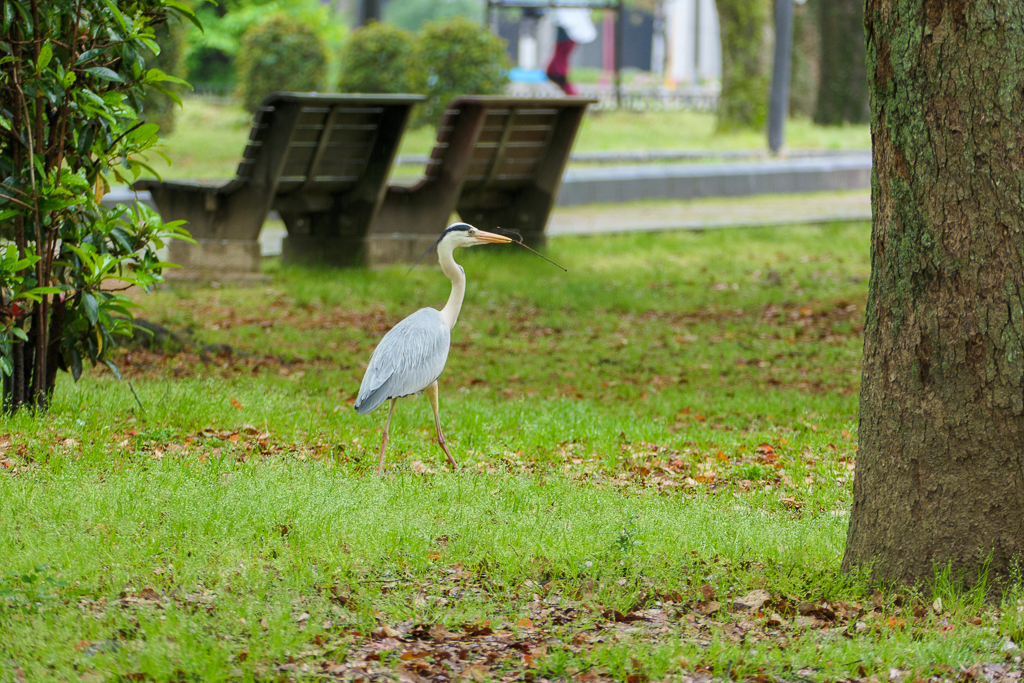
We went to the Hiroshima National Peace Memorial Hall for the Atomic Bomb Victims to hear from Toshiaki NAKAGAWA, whose mother was 15 years old on the day of the bombing. Fortunately for her, she was outside the circle of complete destruction and lived; her younger brother was one of the mobilized students and died of radiation poisoning a few days after the bombing. She still feels guilty for depriving him of water during his last days, even though that was the best advice available at the time.
His presentation was amazing – he retold his mother’s story without histrionics or exaggeration, and the audience was completely silent for the entire time he spoke. His mother is still alive and will turn 94 next month!
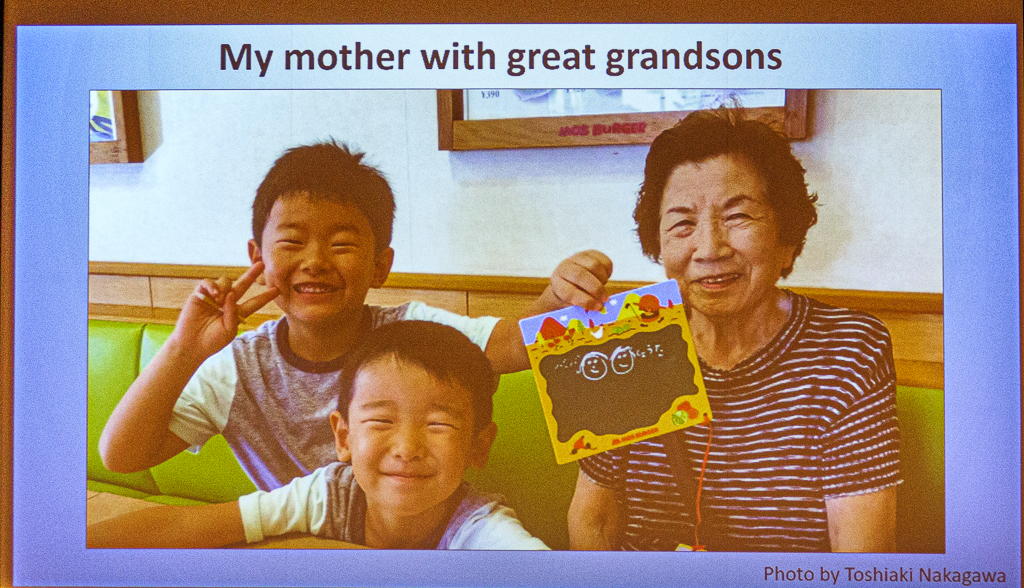
After the presentation, we toured the museum; it was very very crowded and there was no chance to stop and look at the exhibits in any detail, much less reflect on them. One exhibit which did connect with me was this set of stairs with a black area in the shape of a human body – someone was sitting there when the bomb went off, and their body kept the stone under it from being bleached by the fireball.
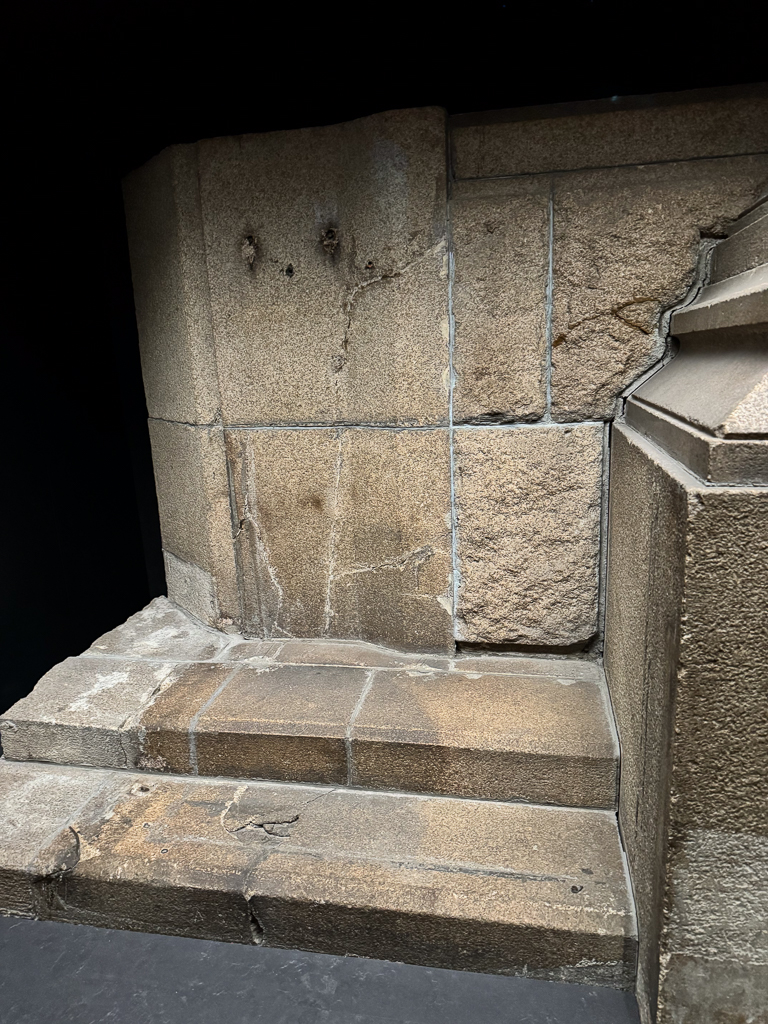
I wish the idiots who talk glibly about “nuking Gaza” and “small nuclear wars” would spend a day at the Peace Memorial Pqrk.
